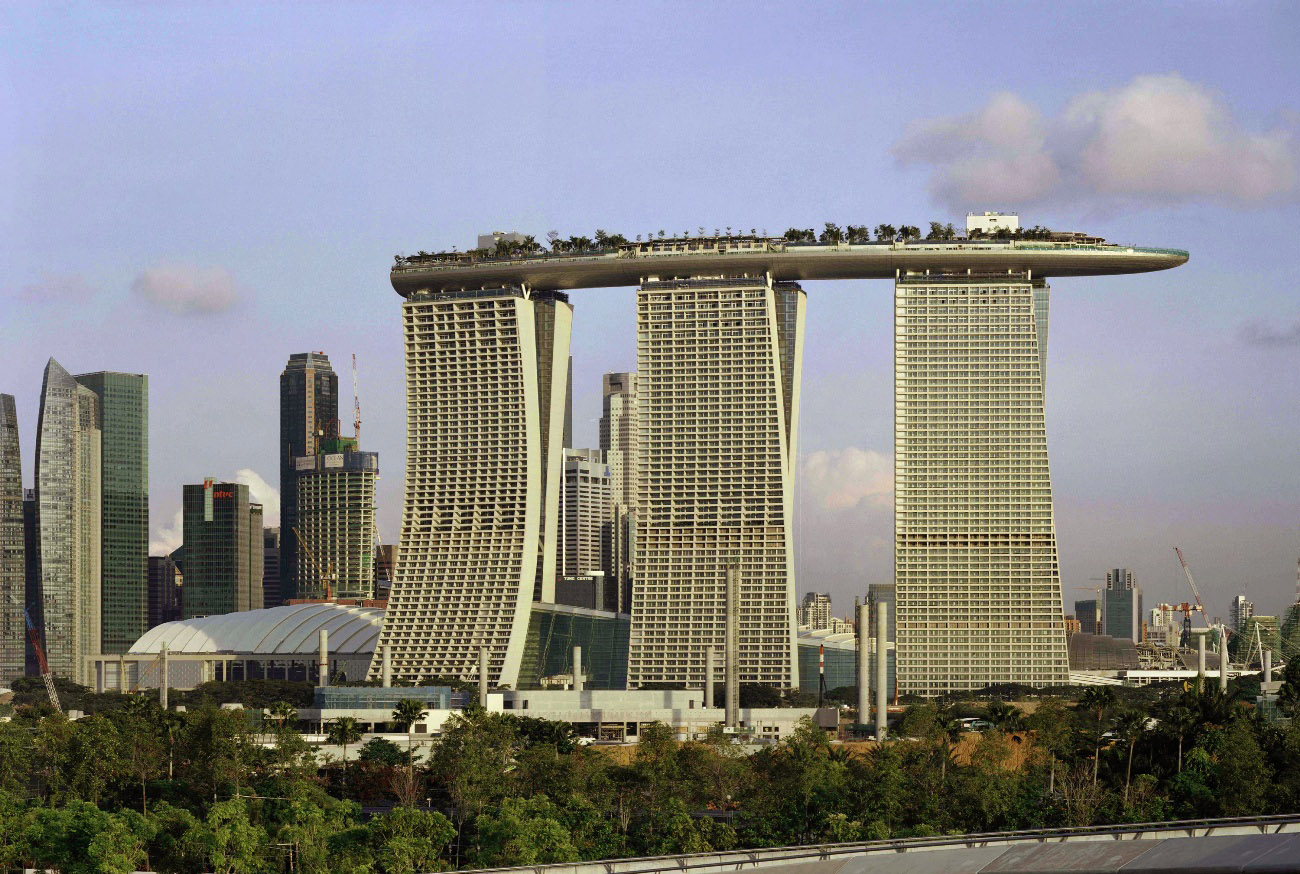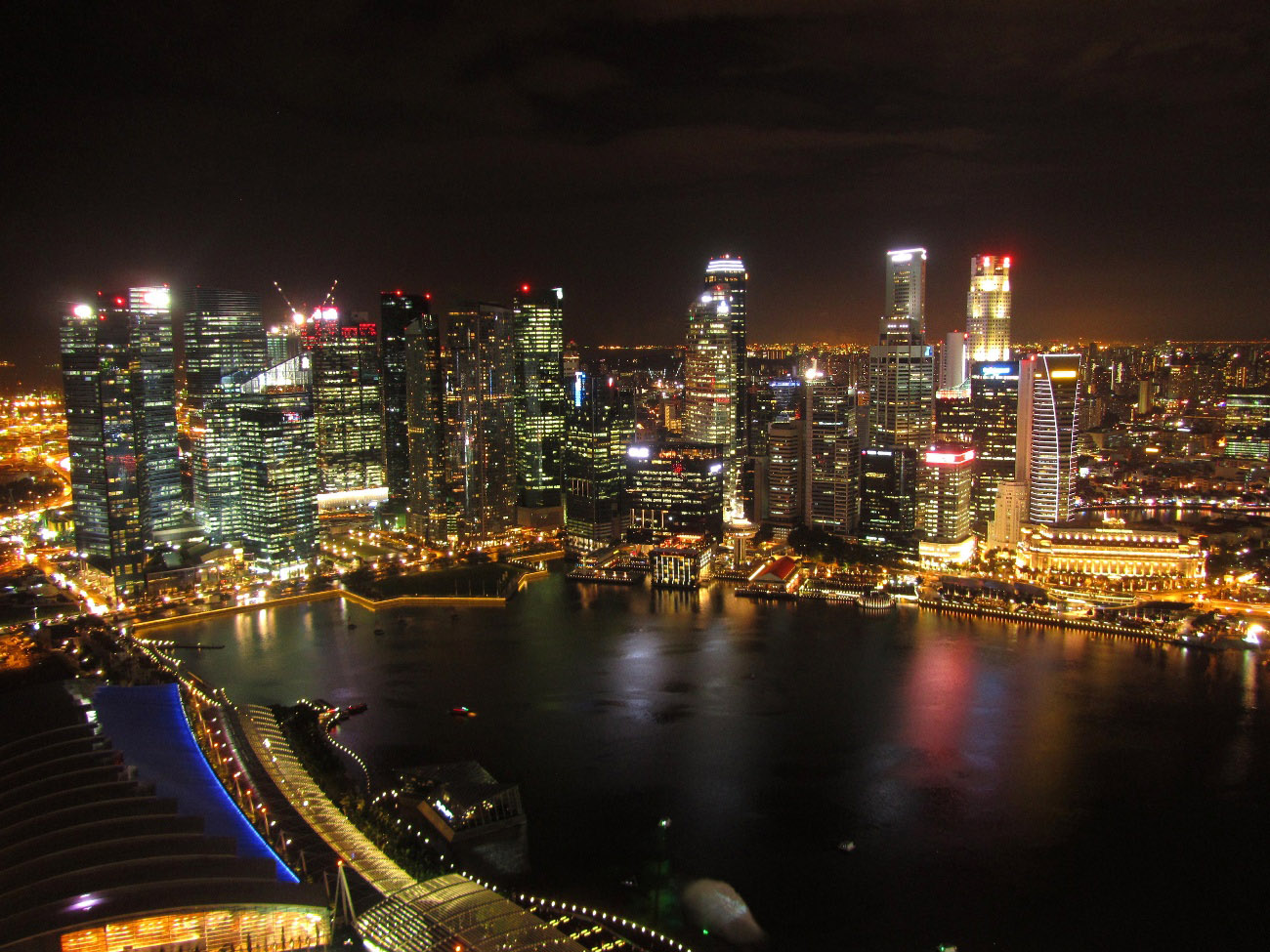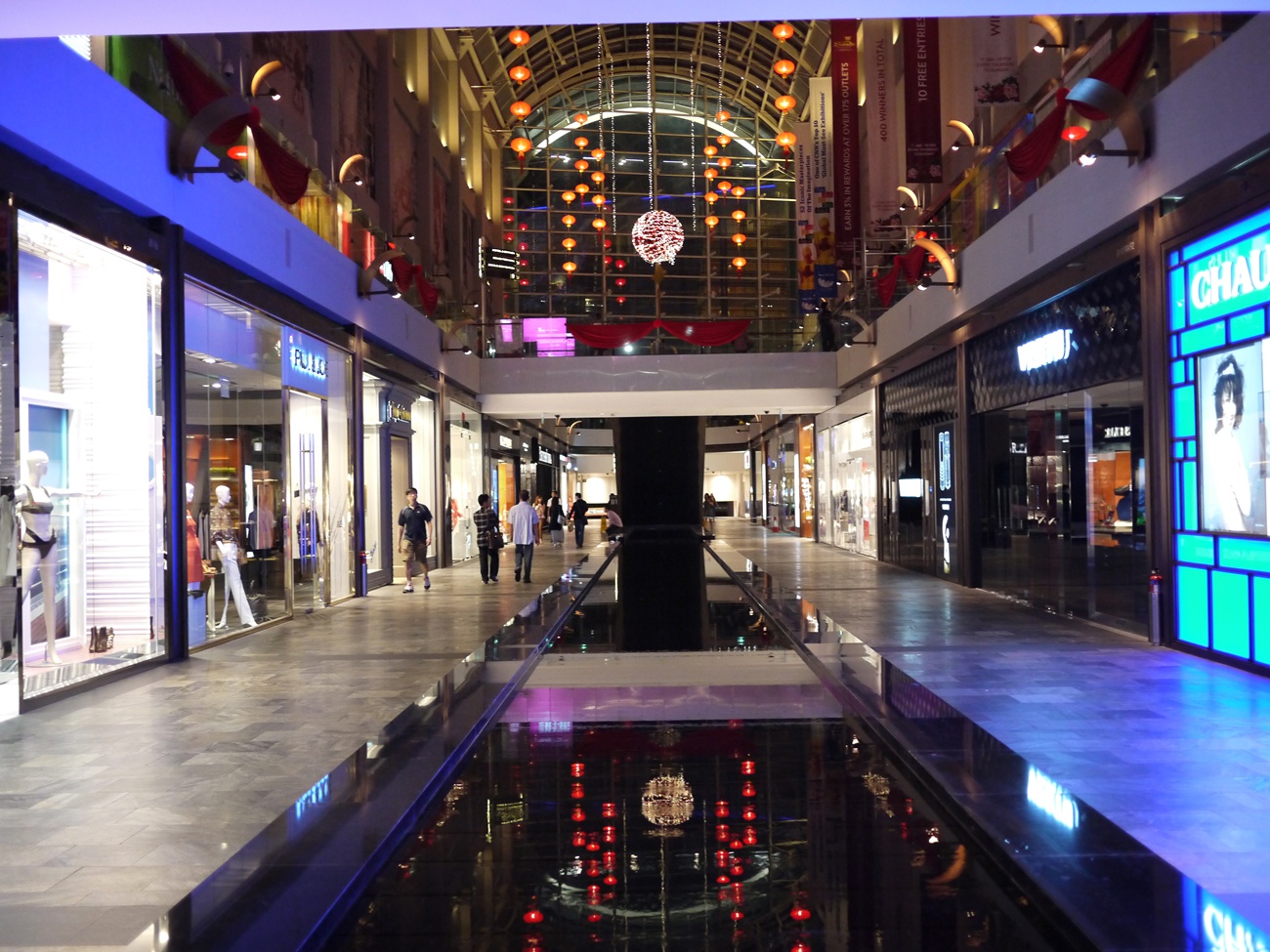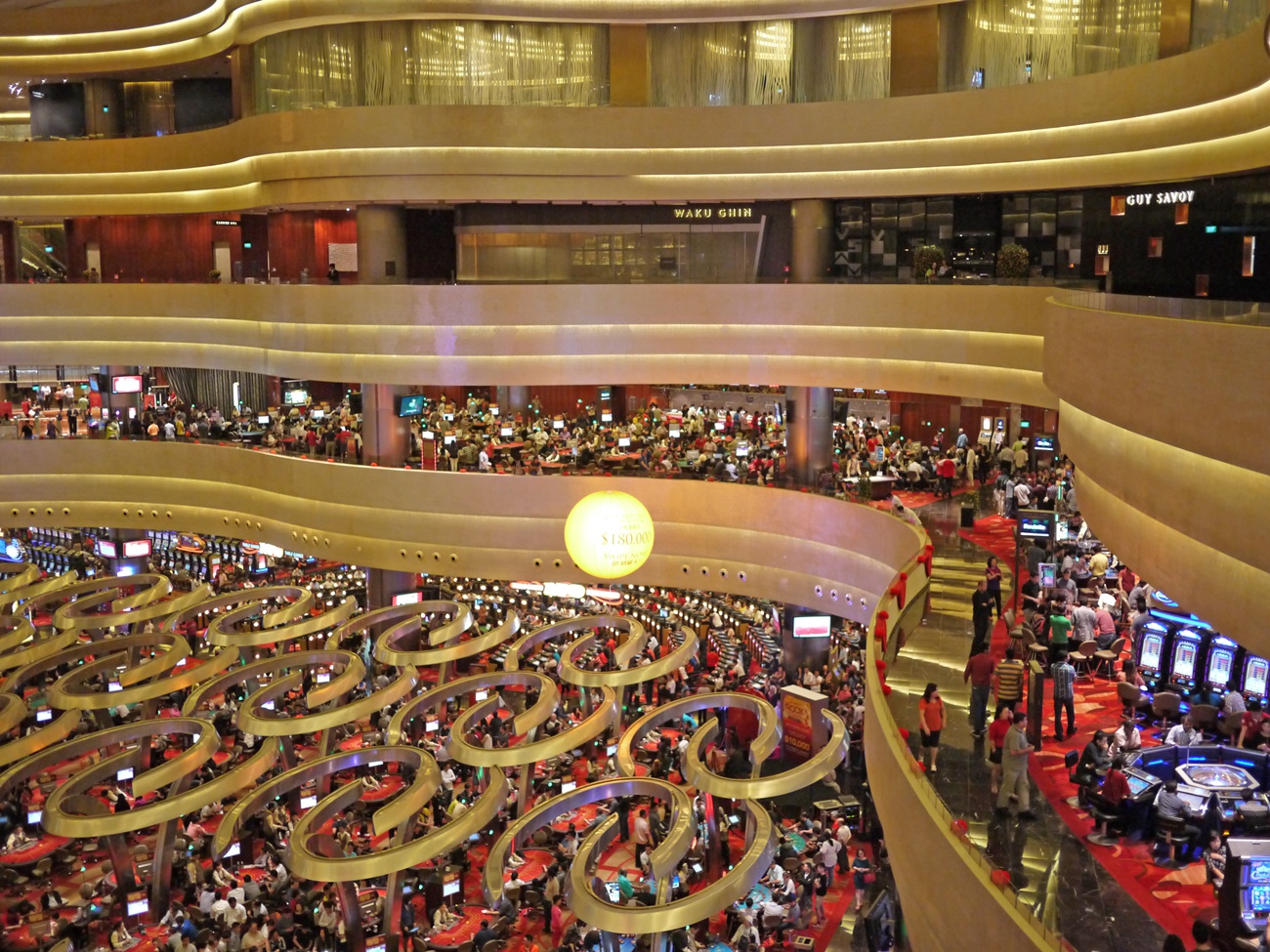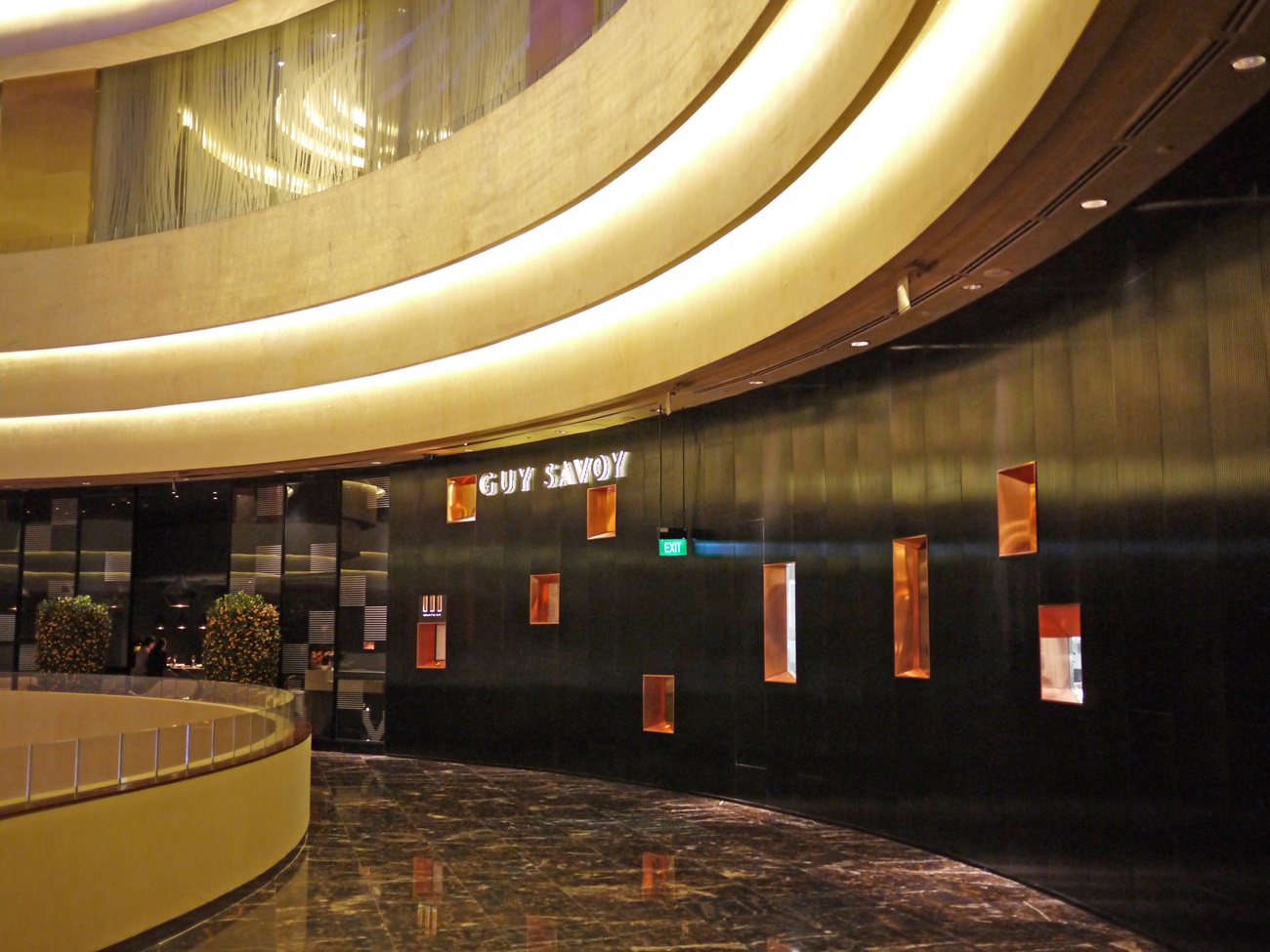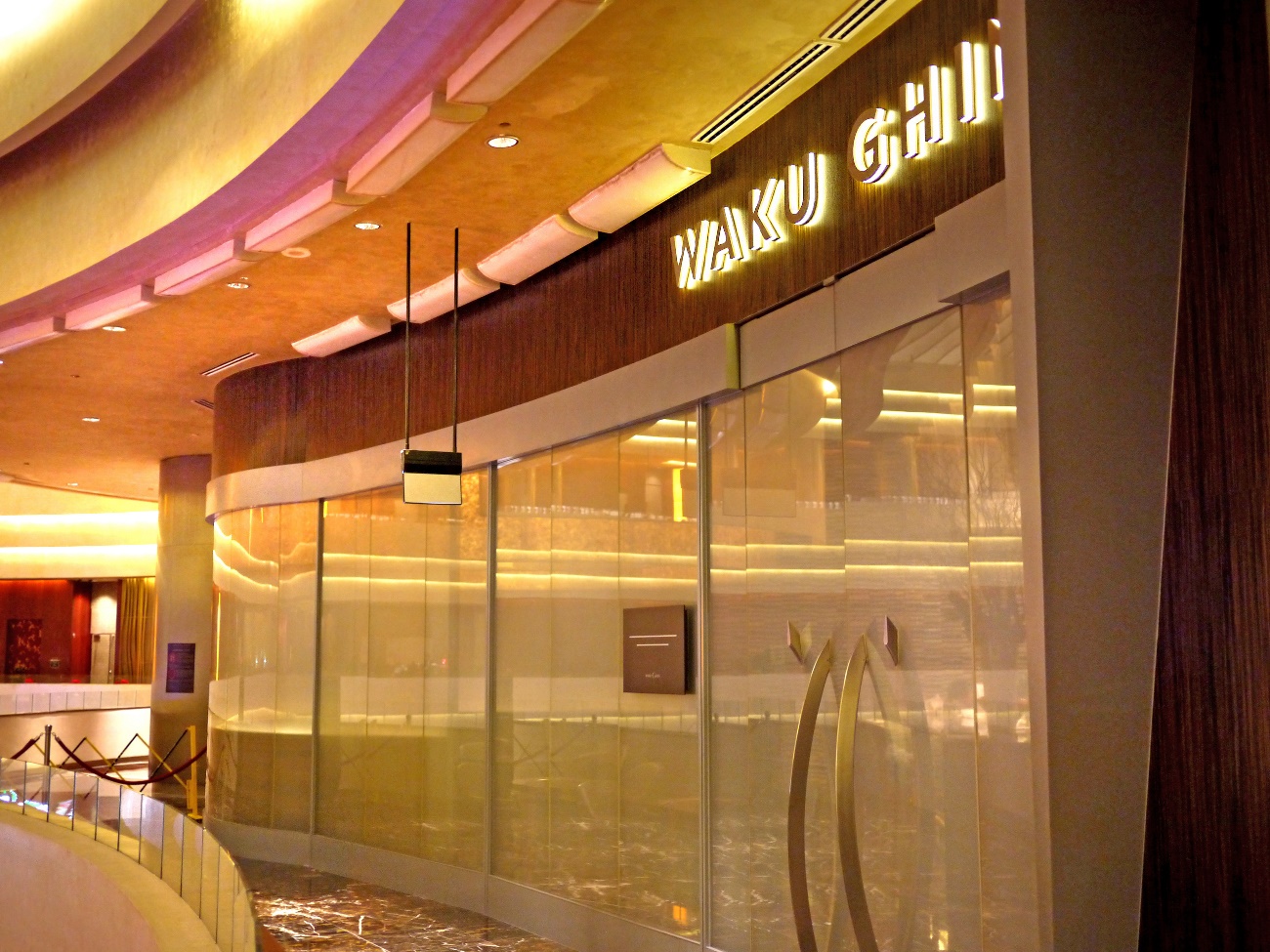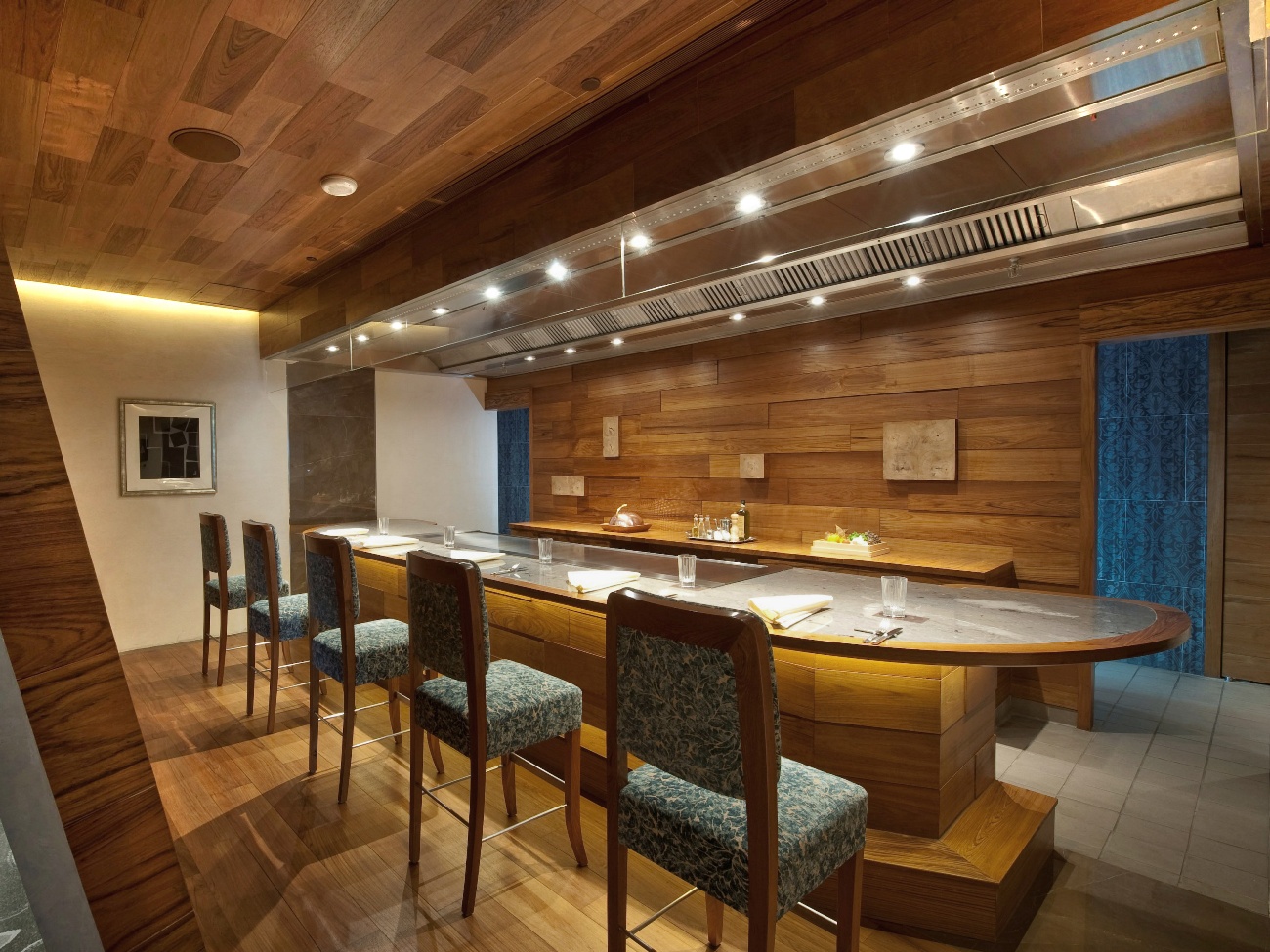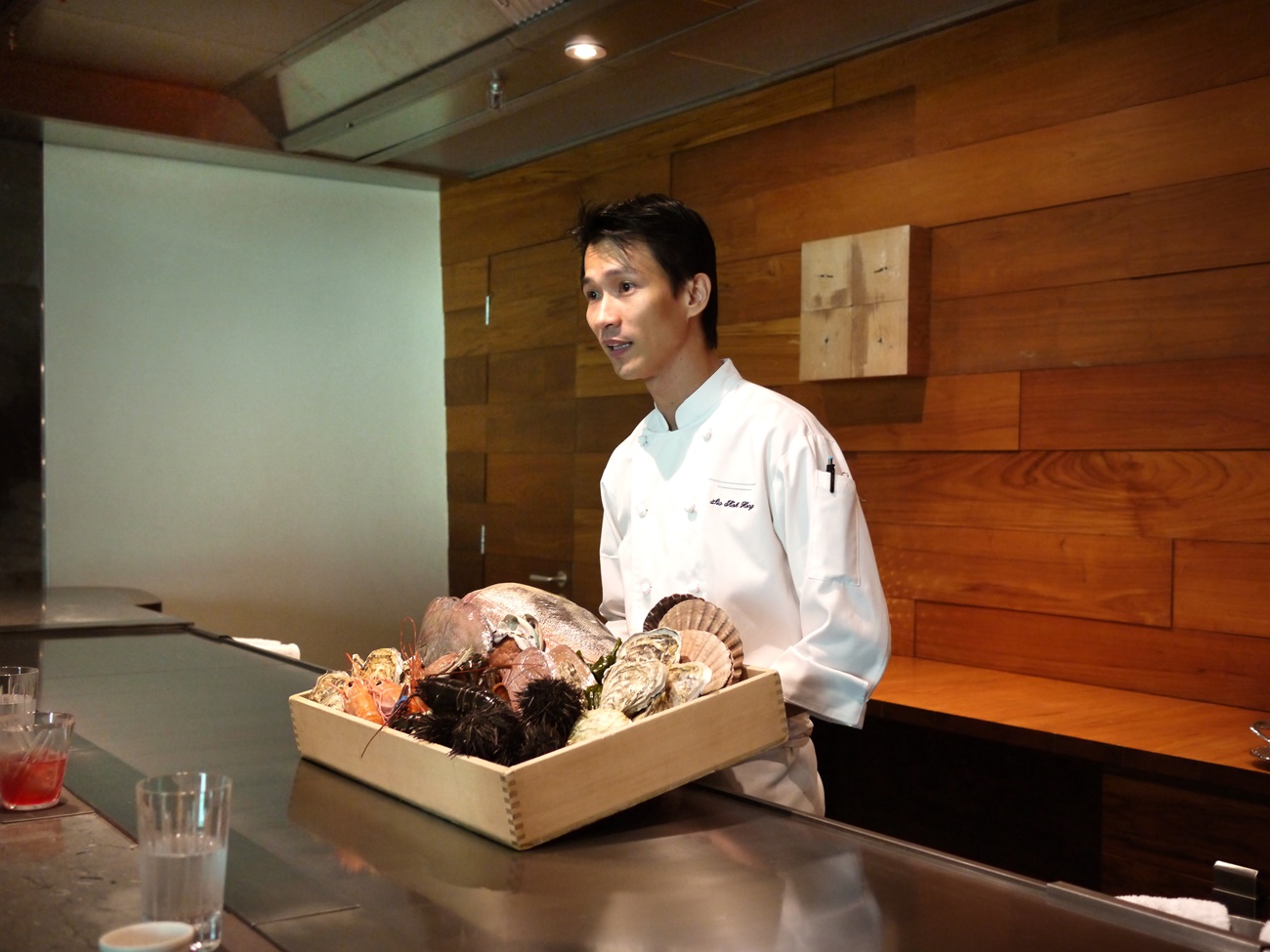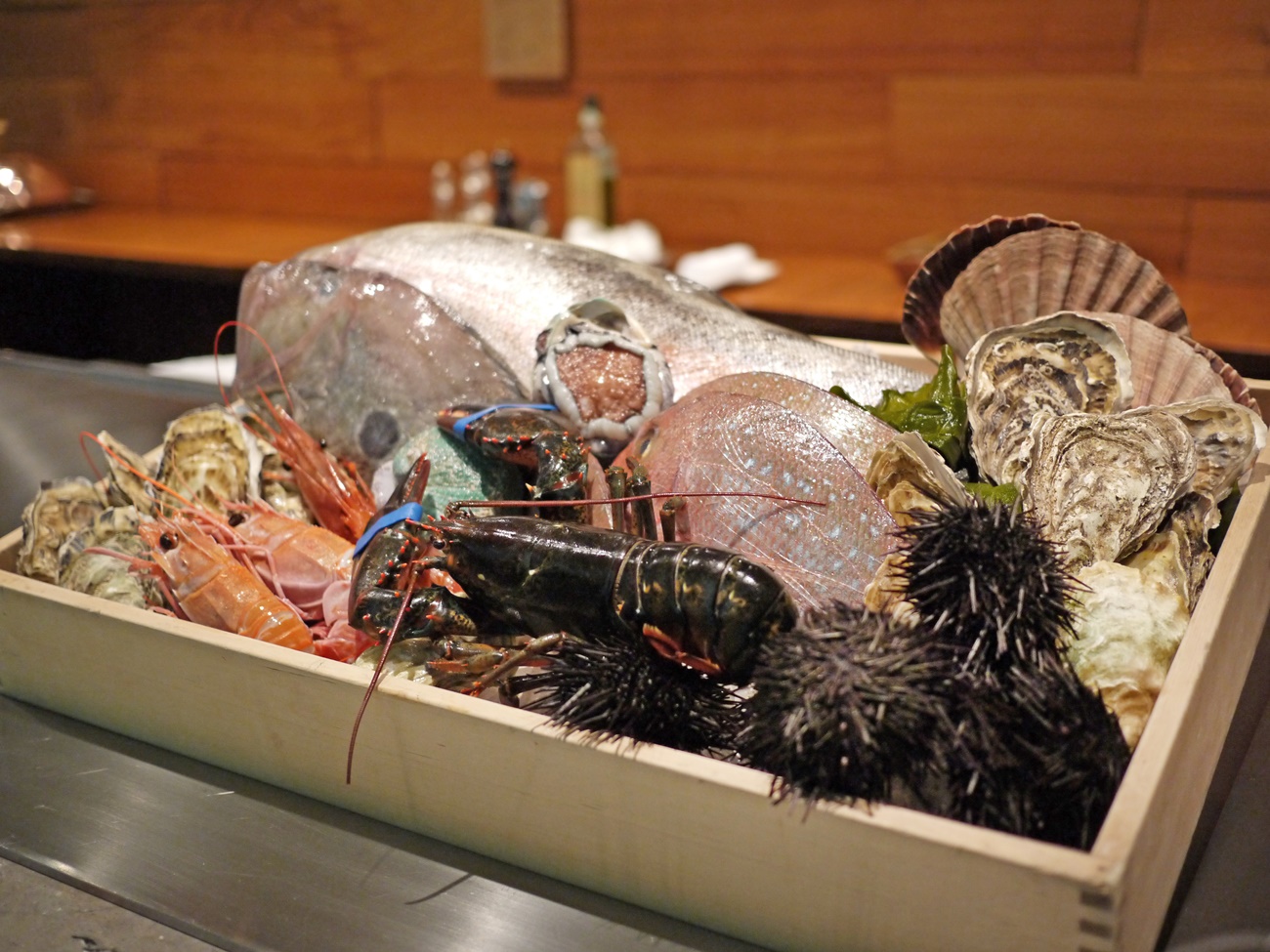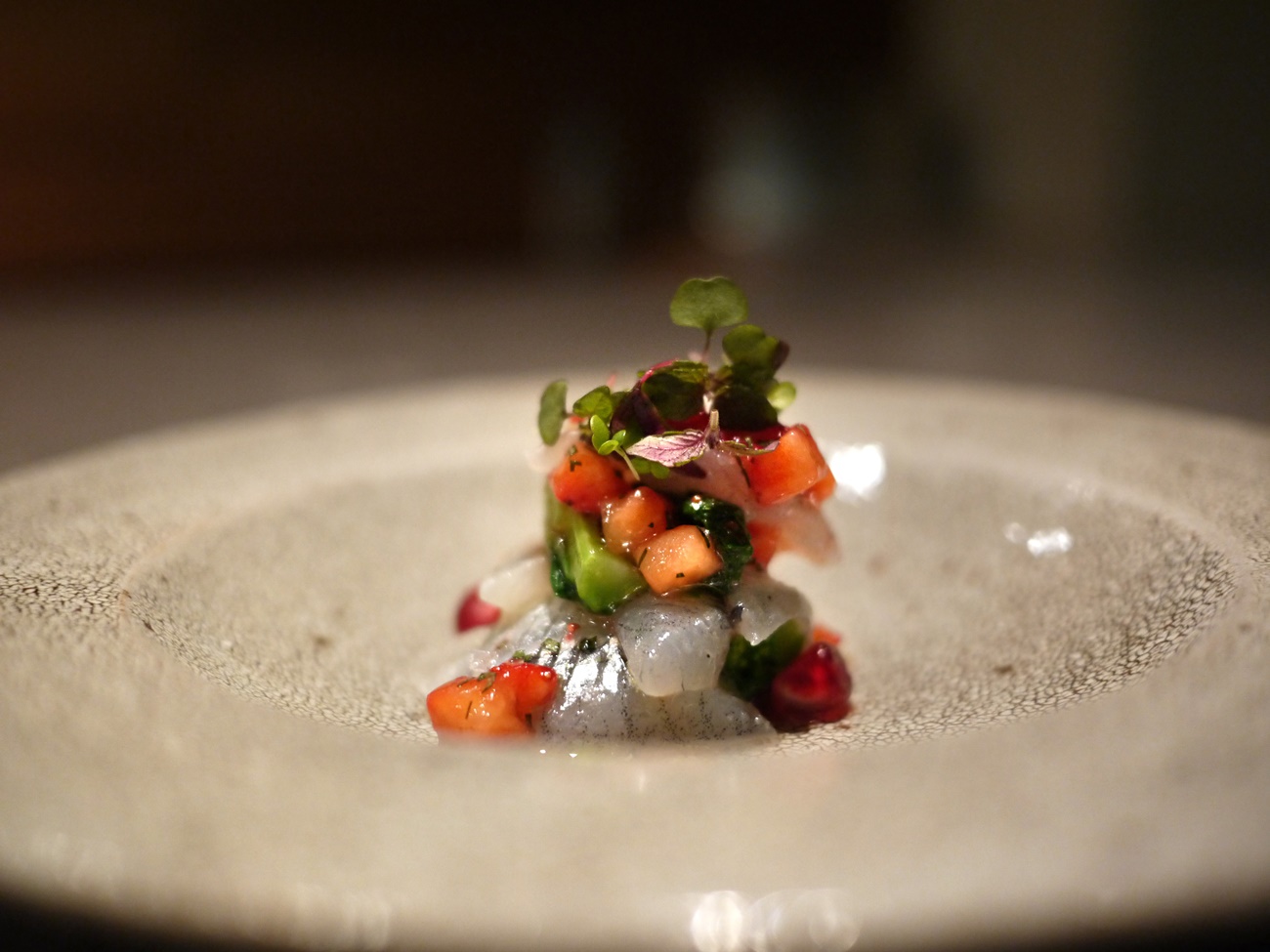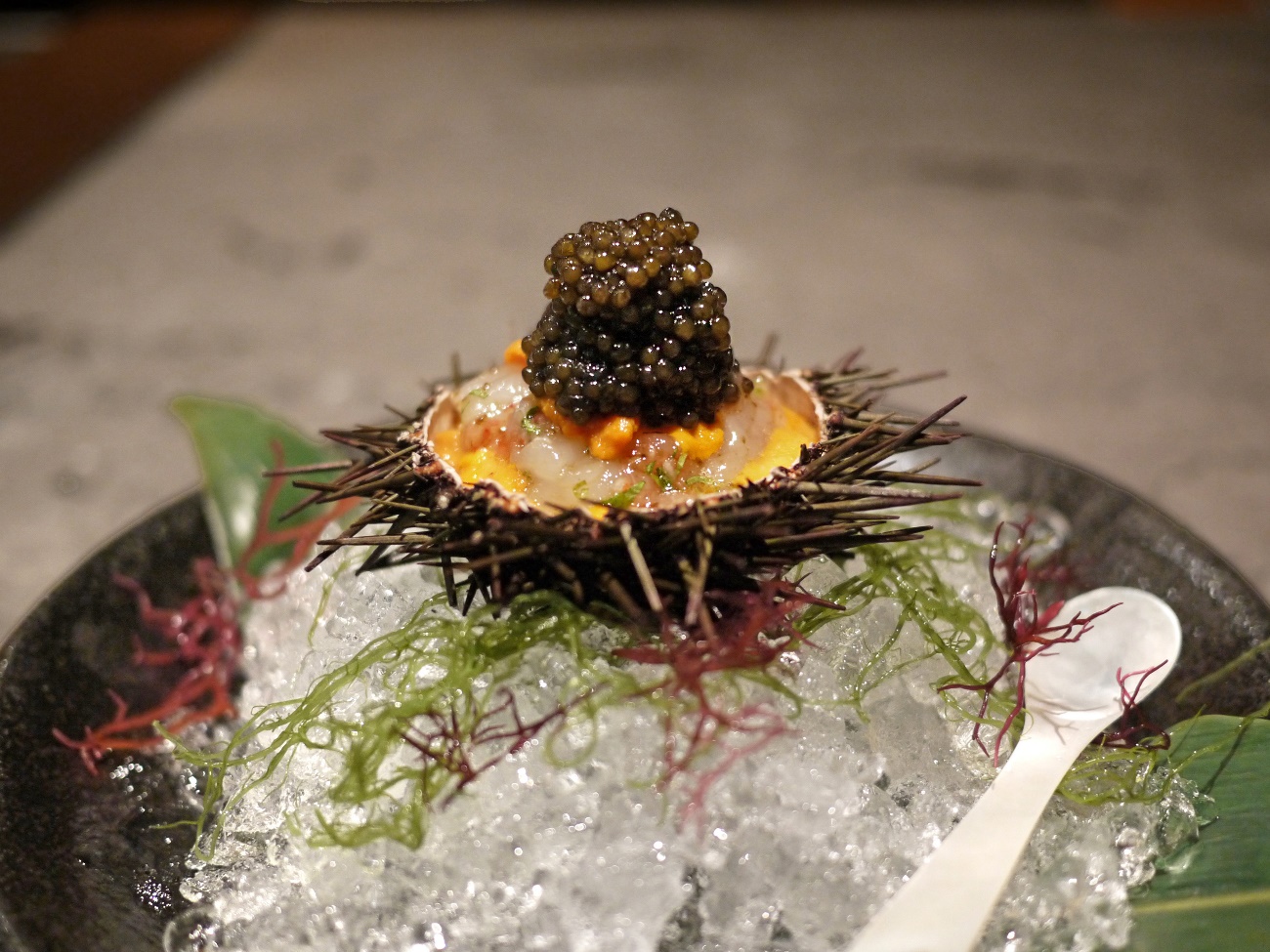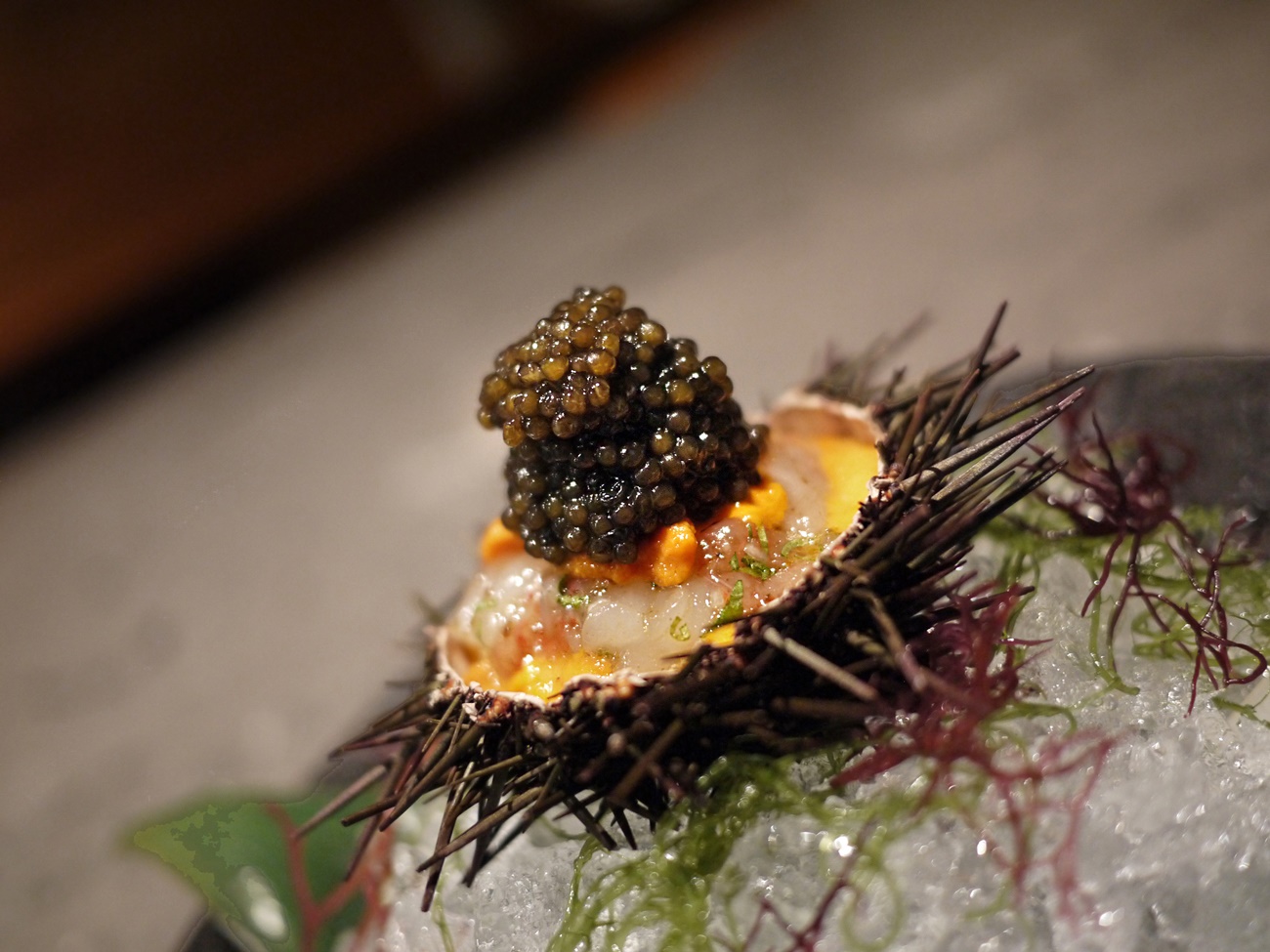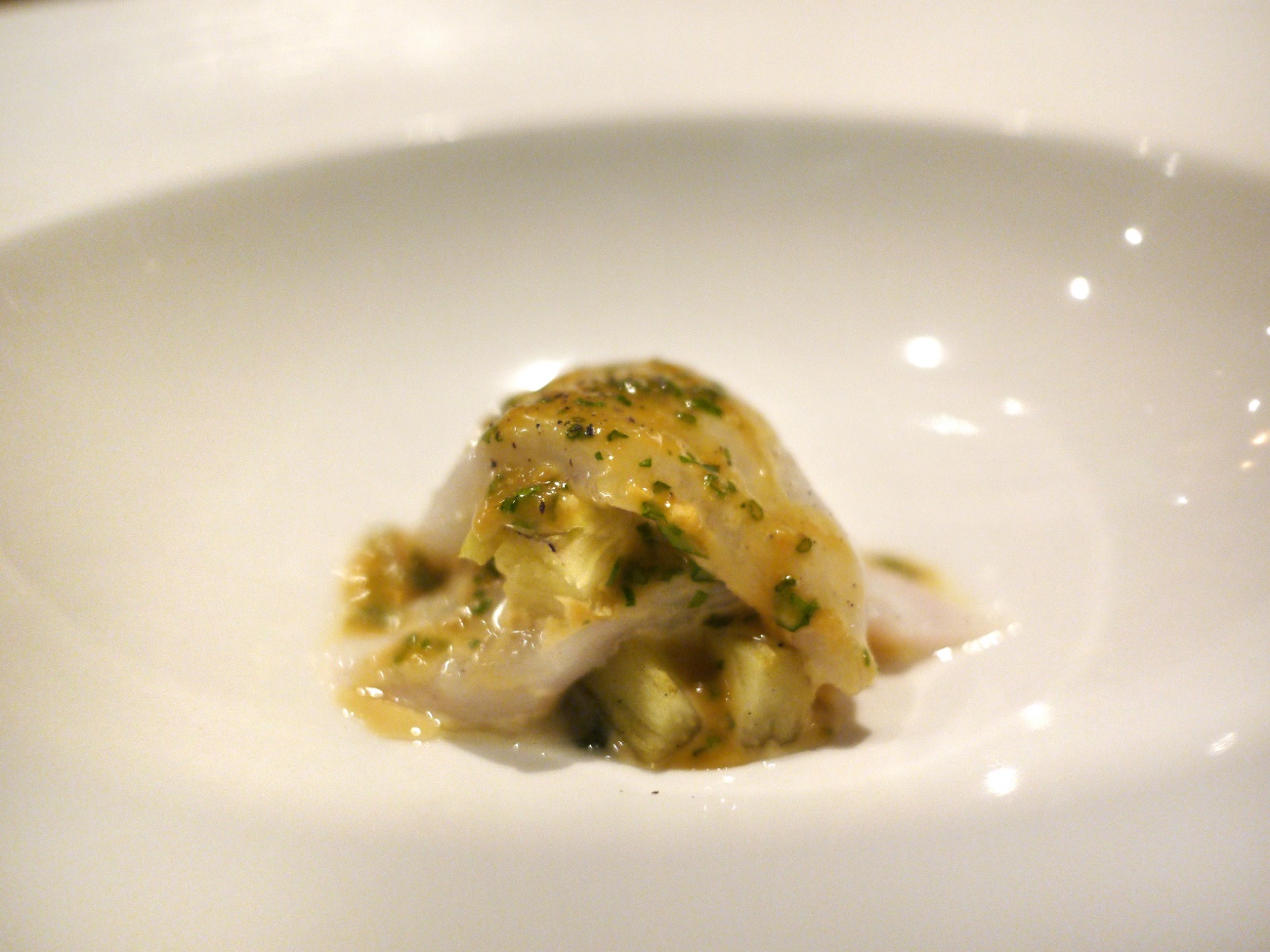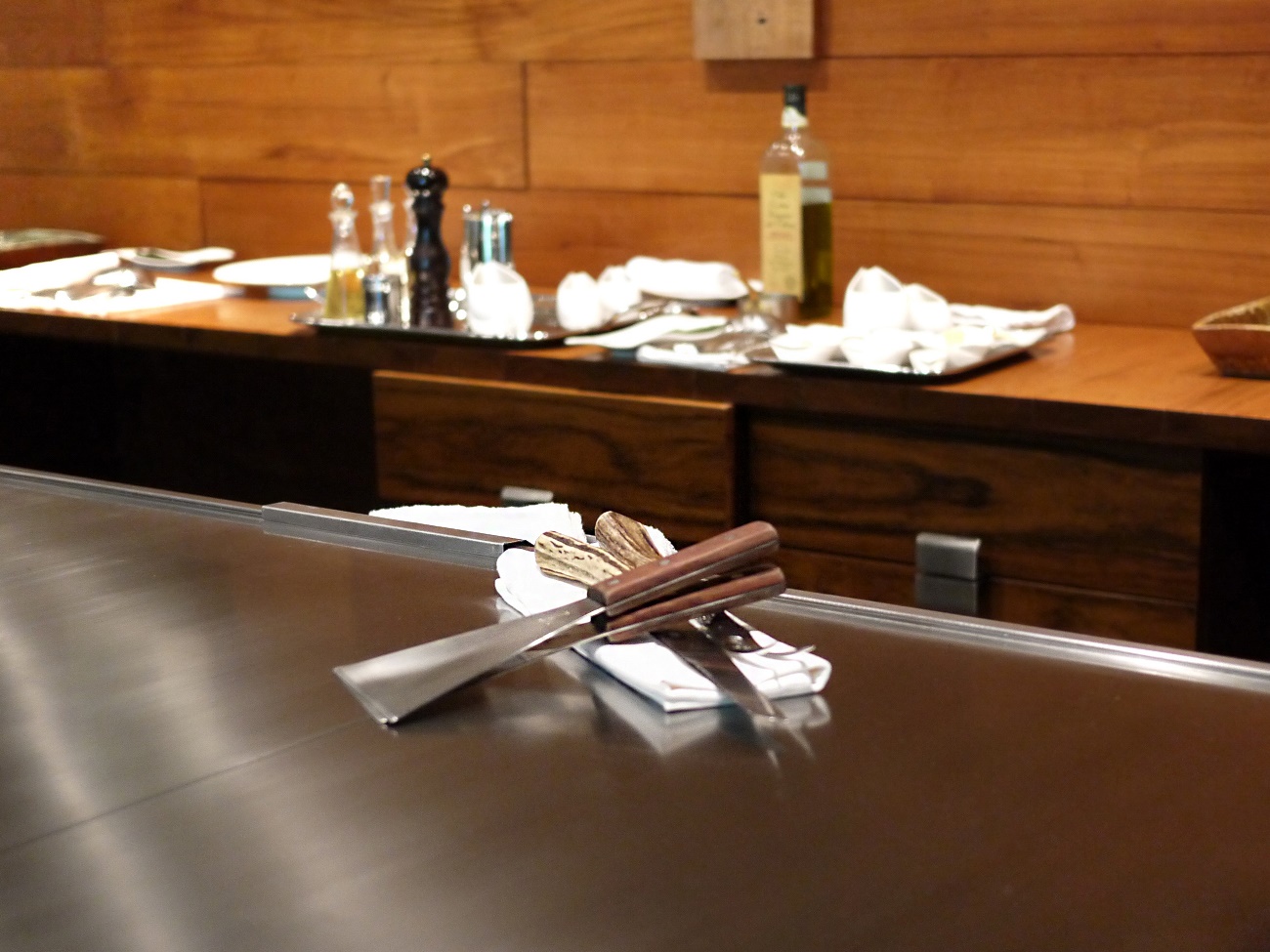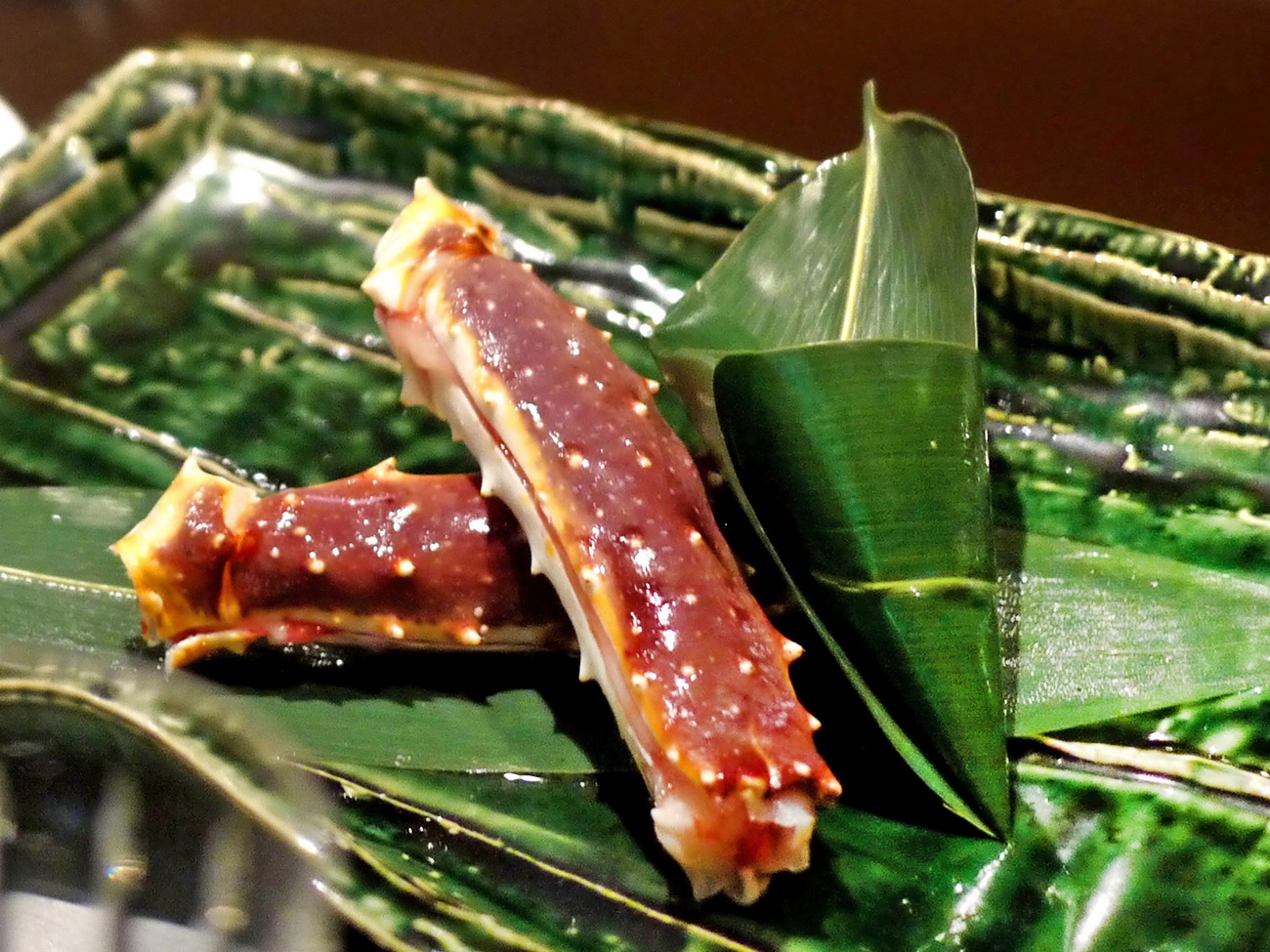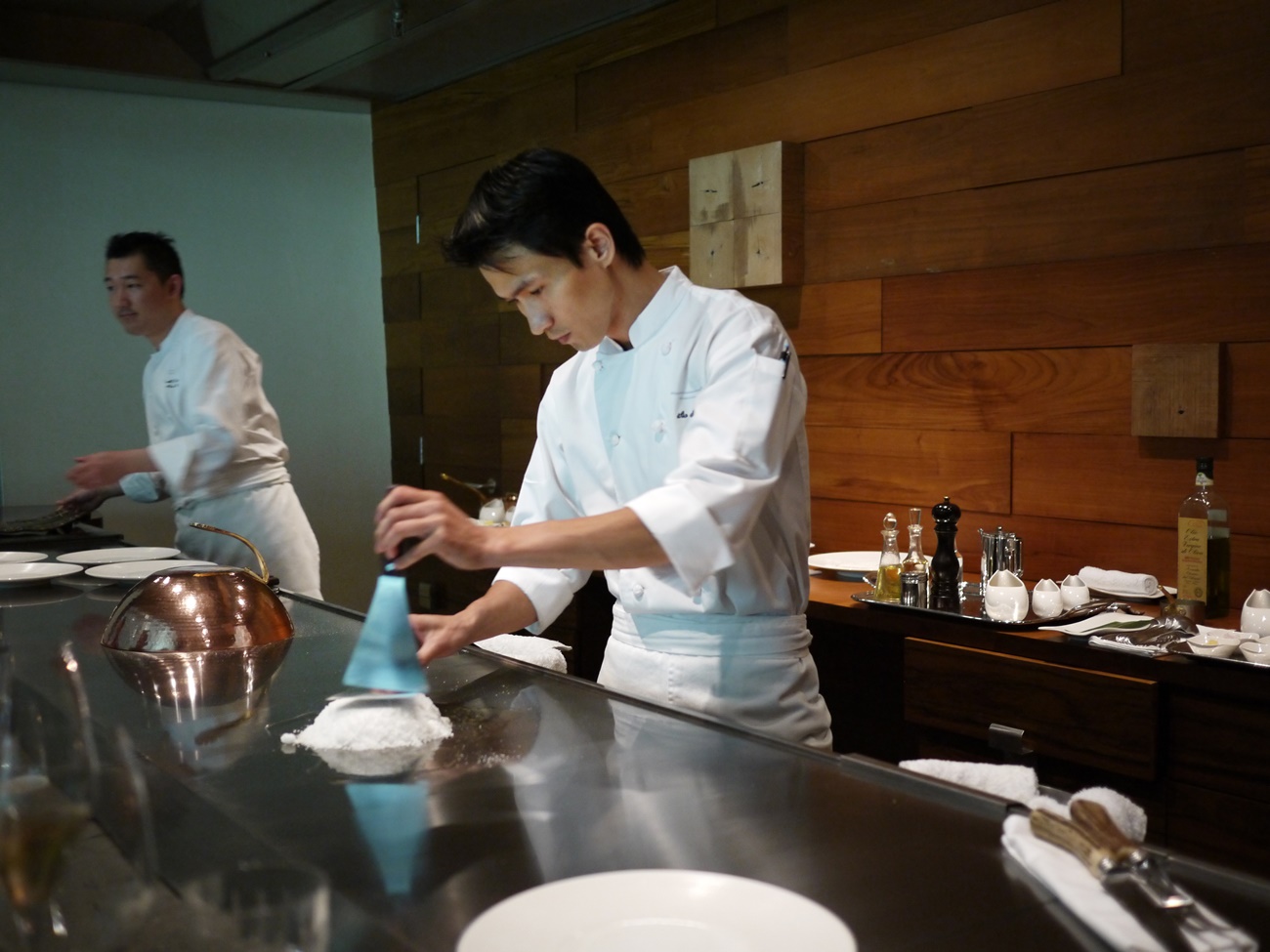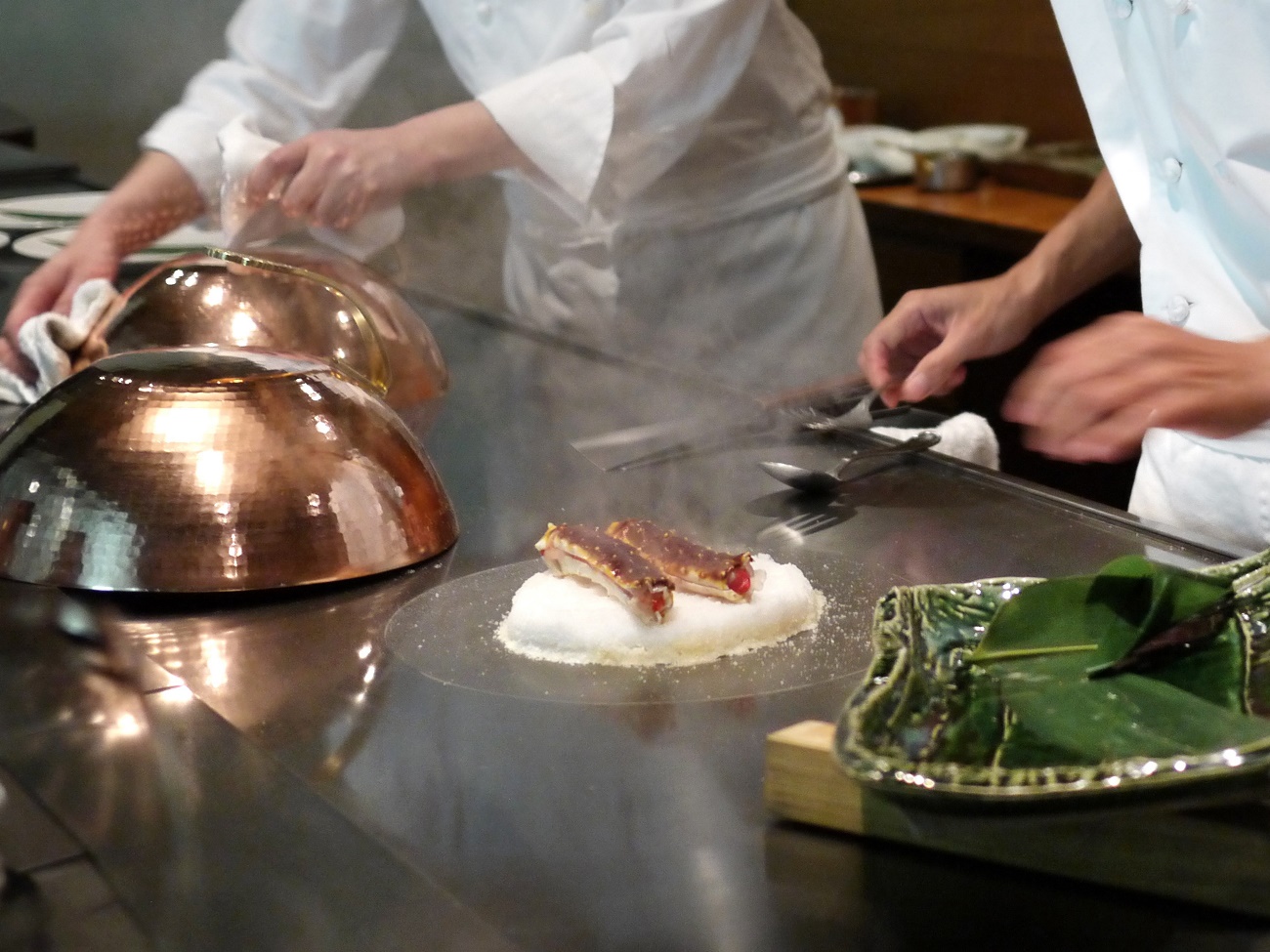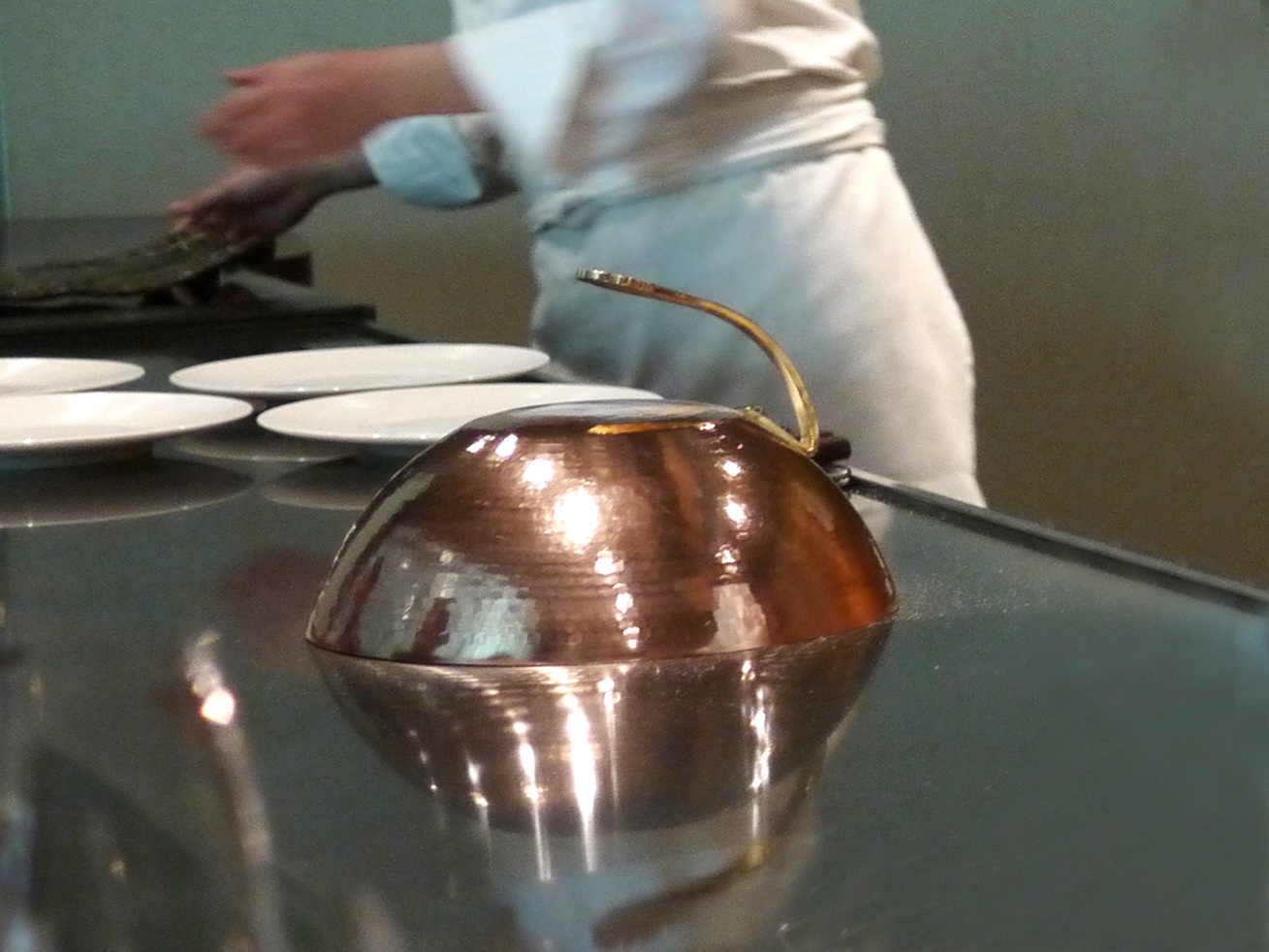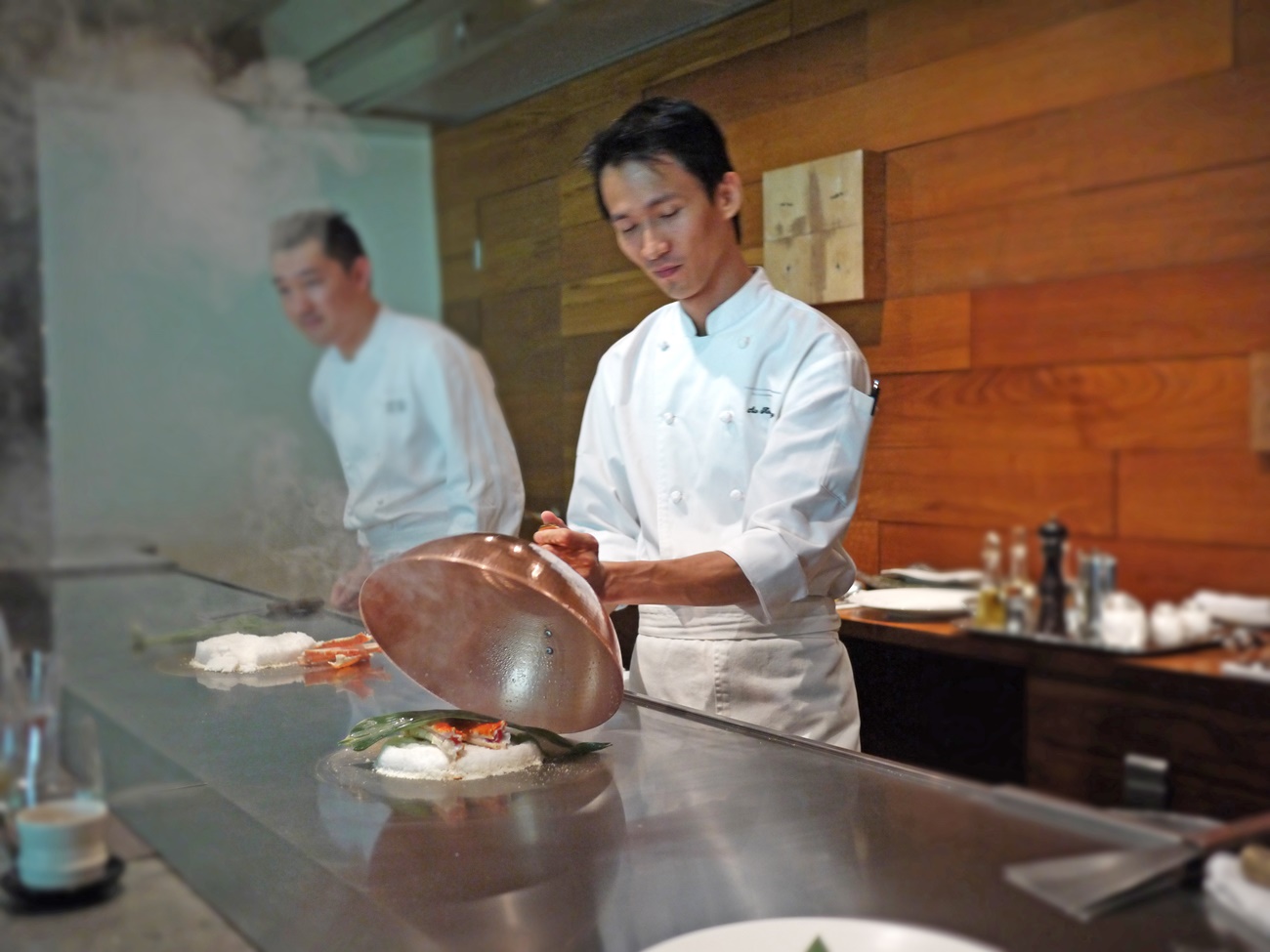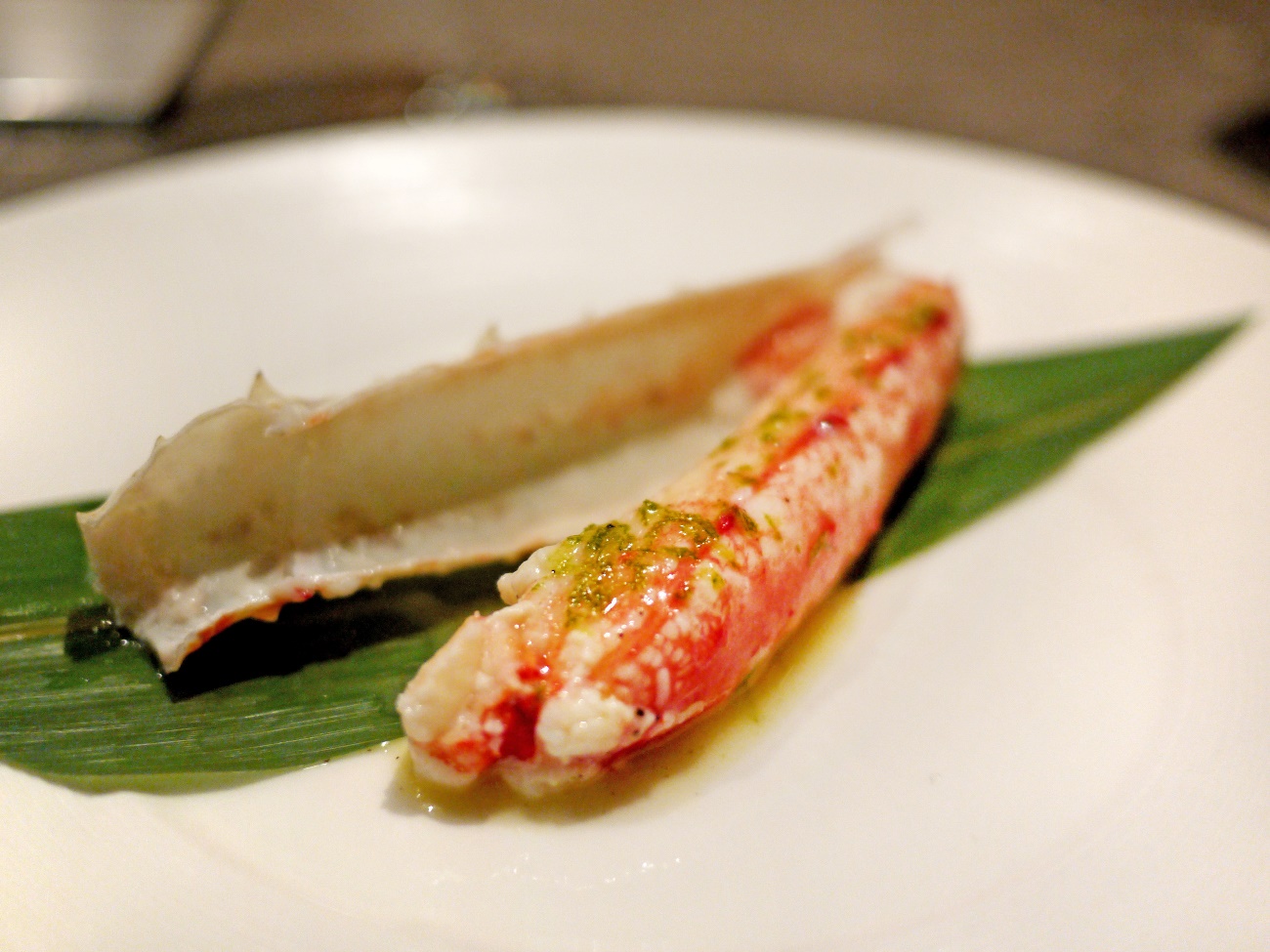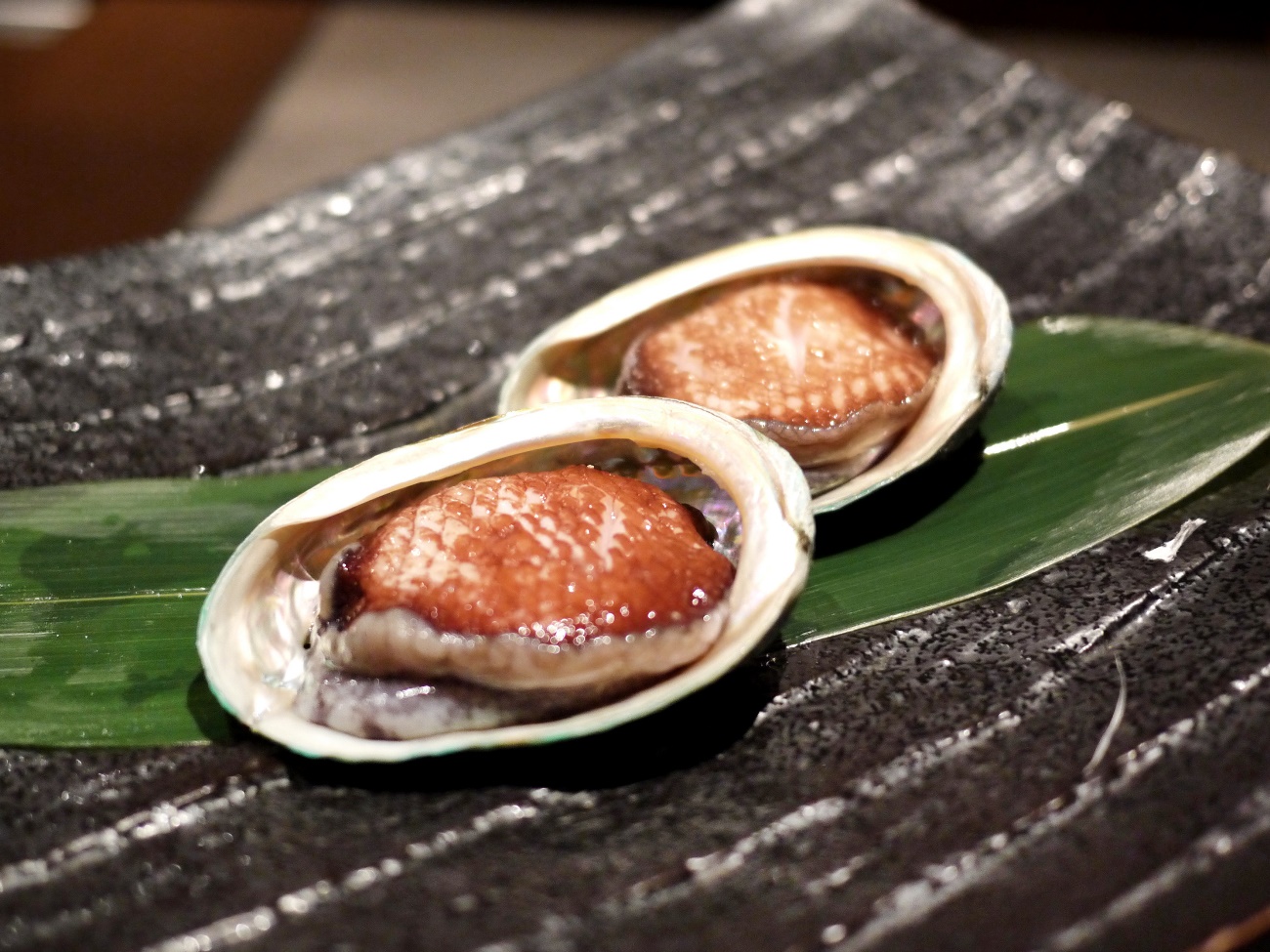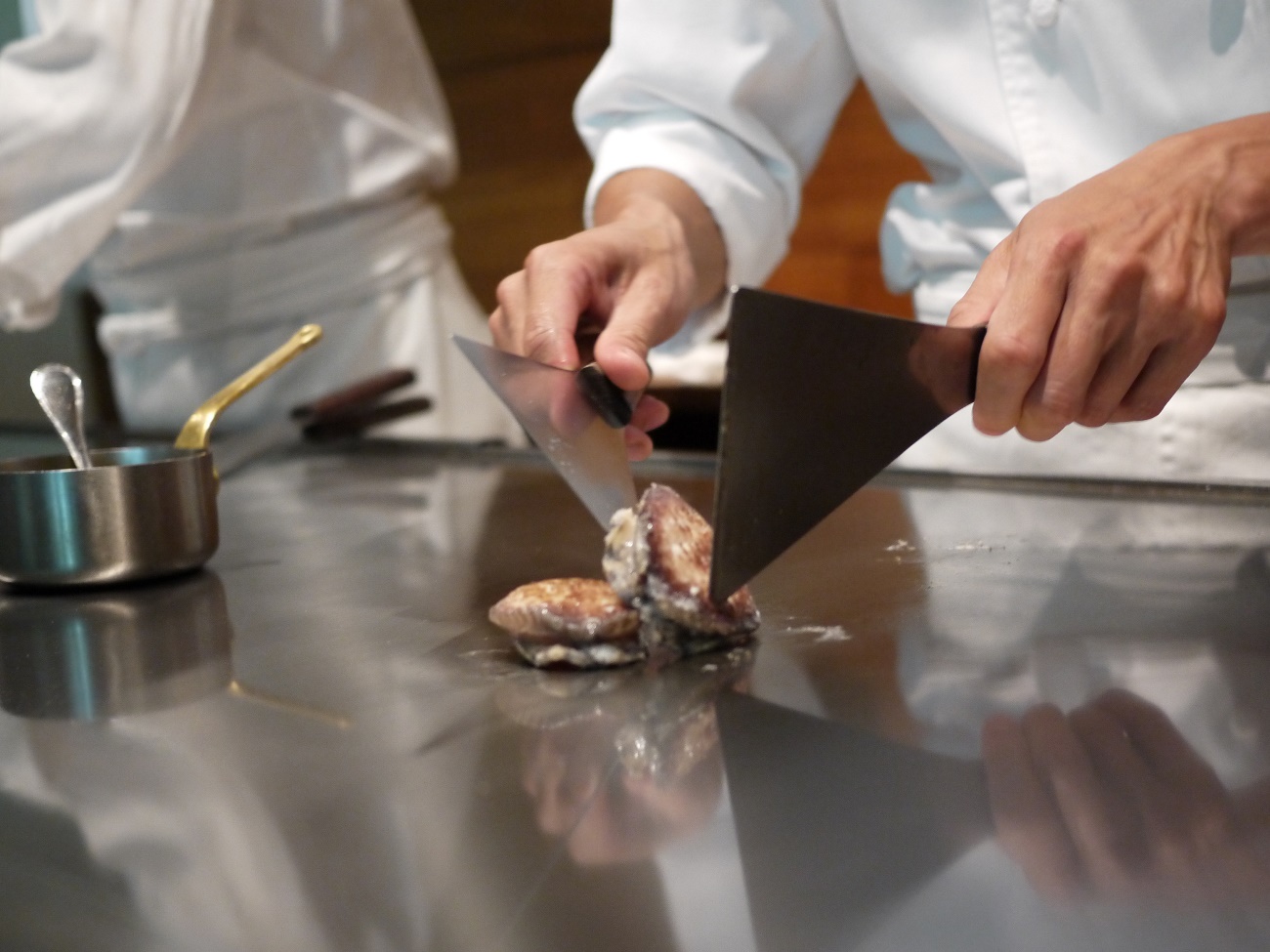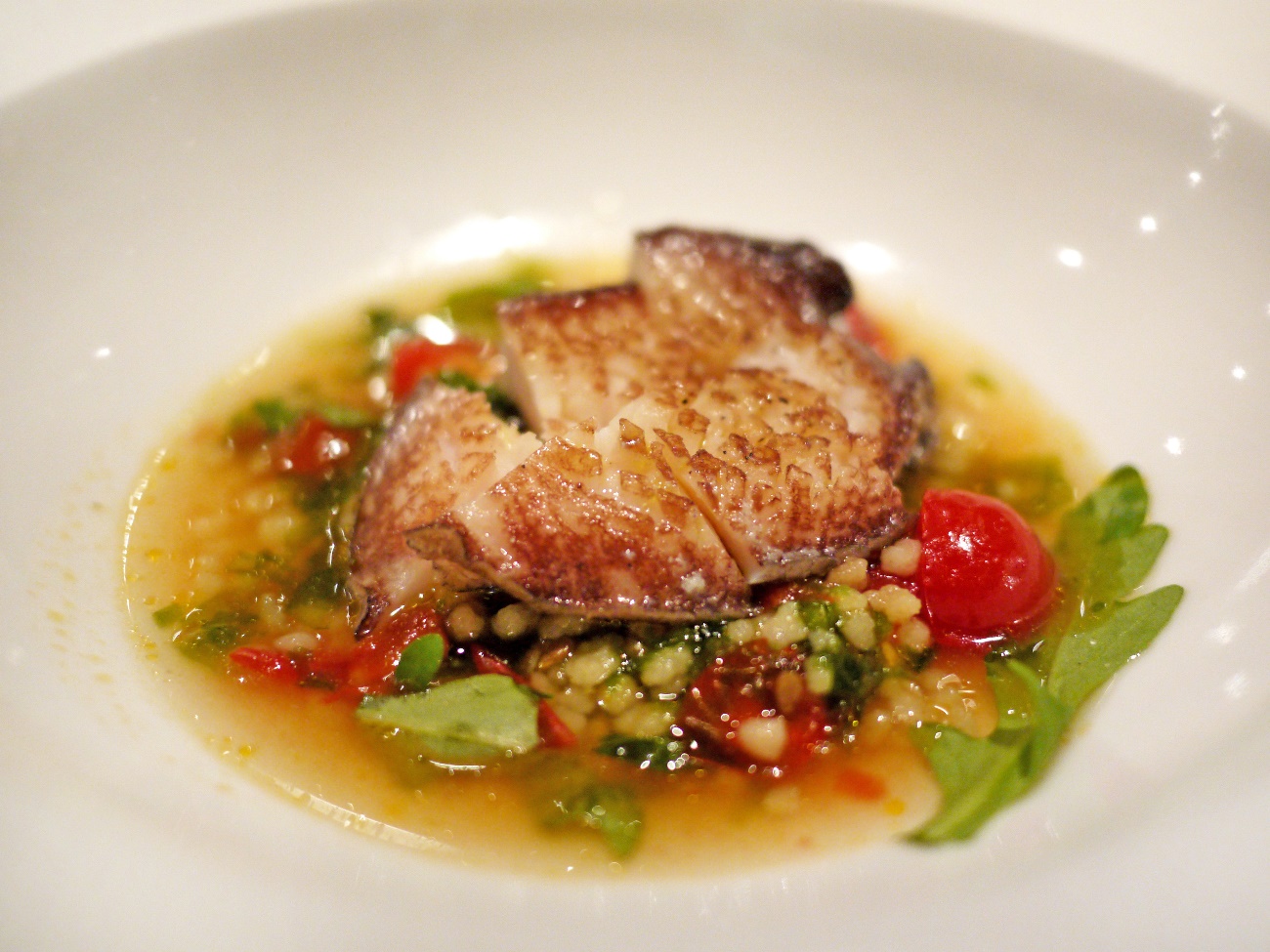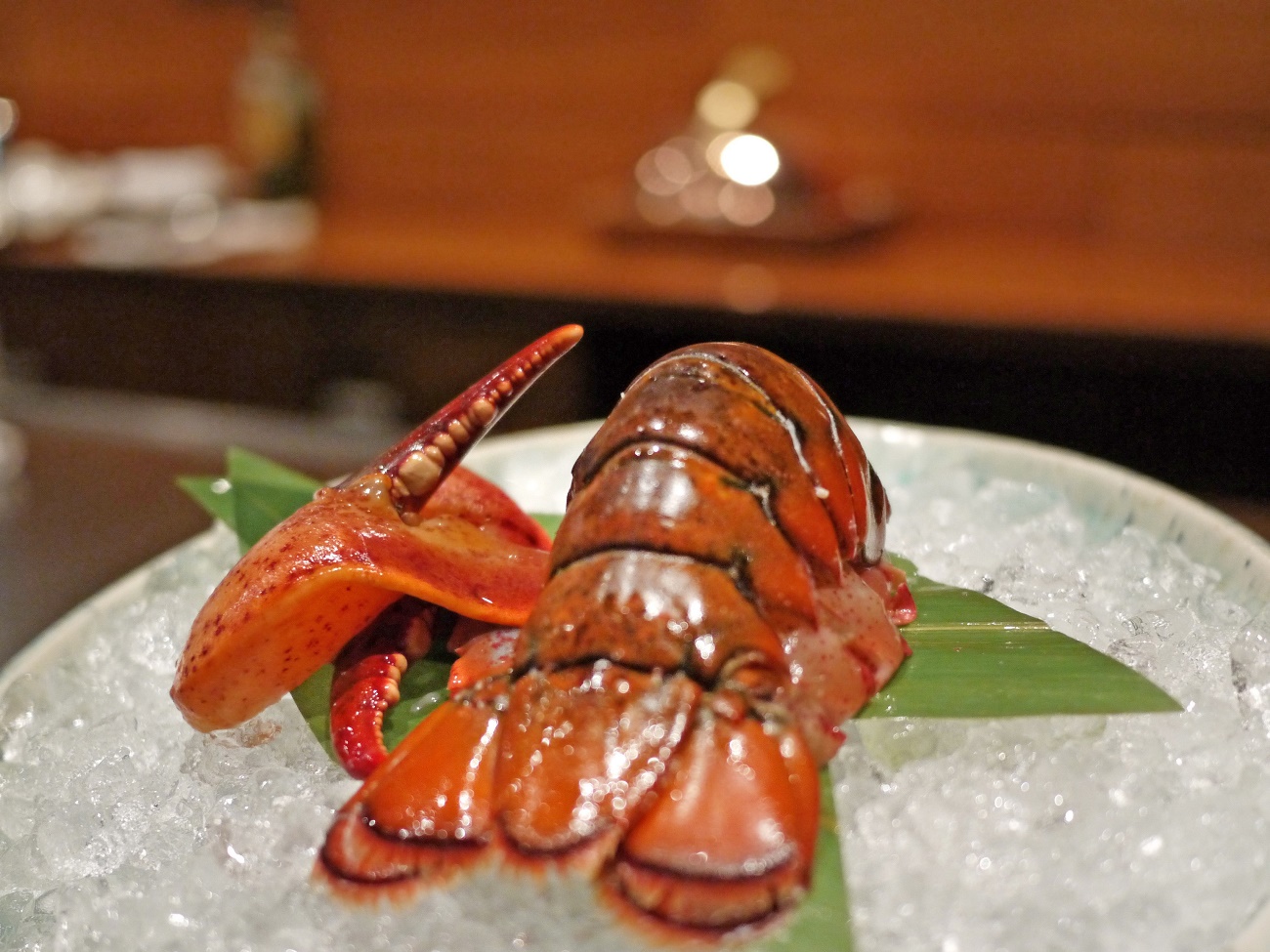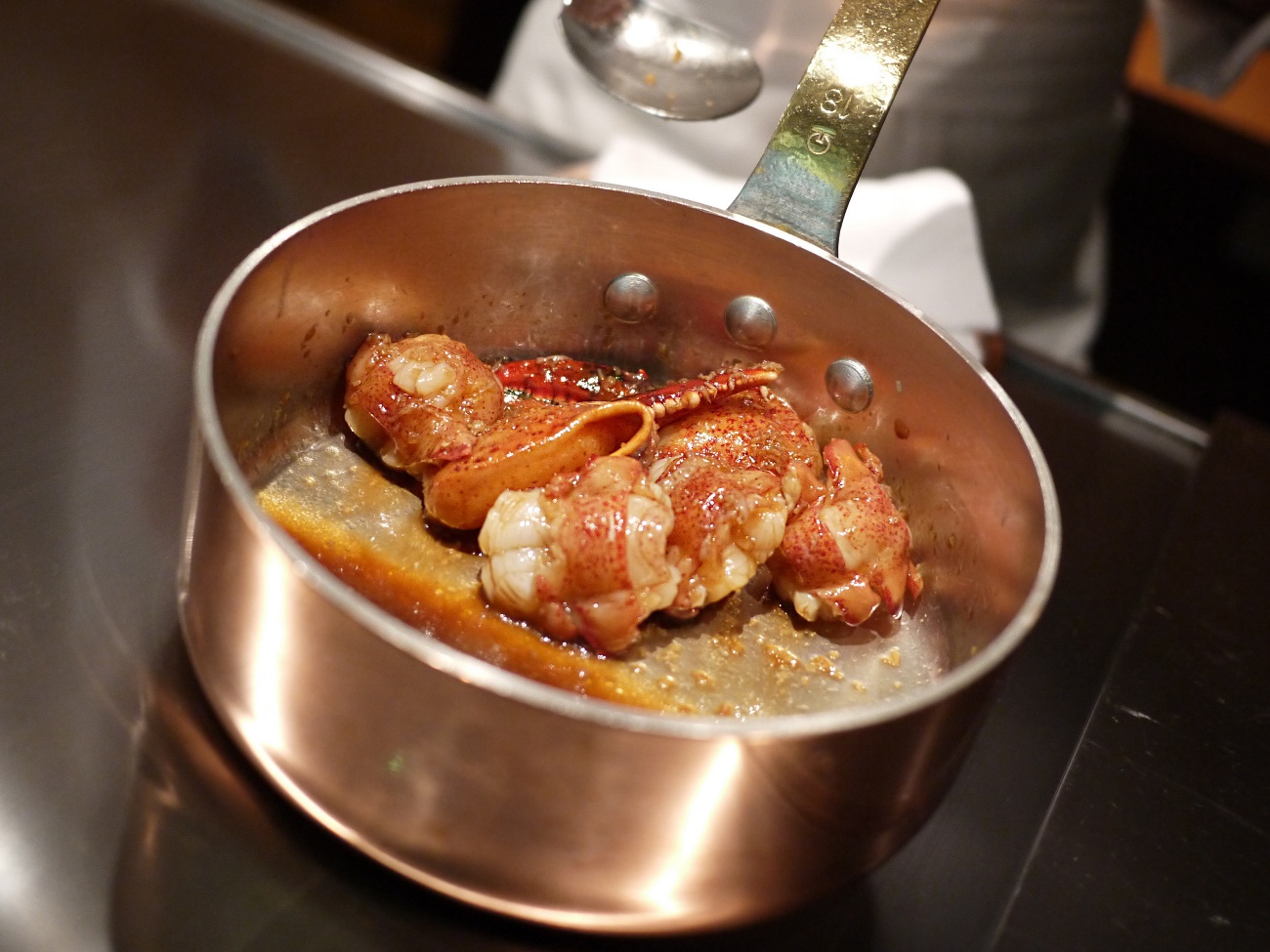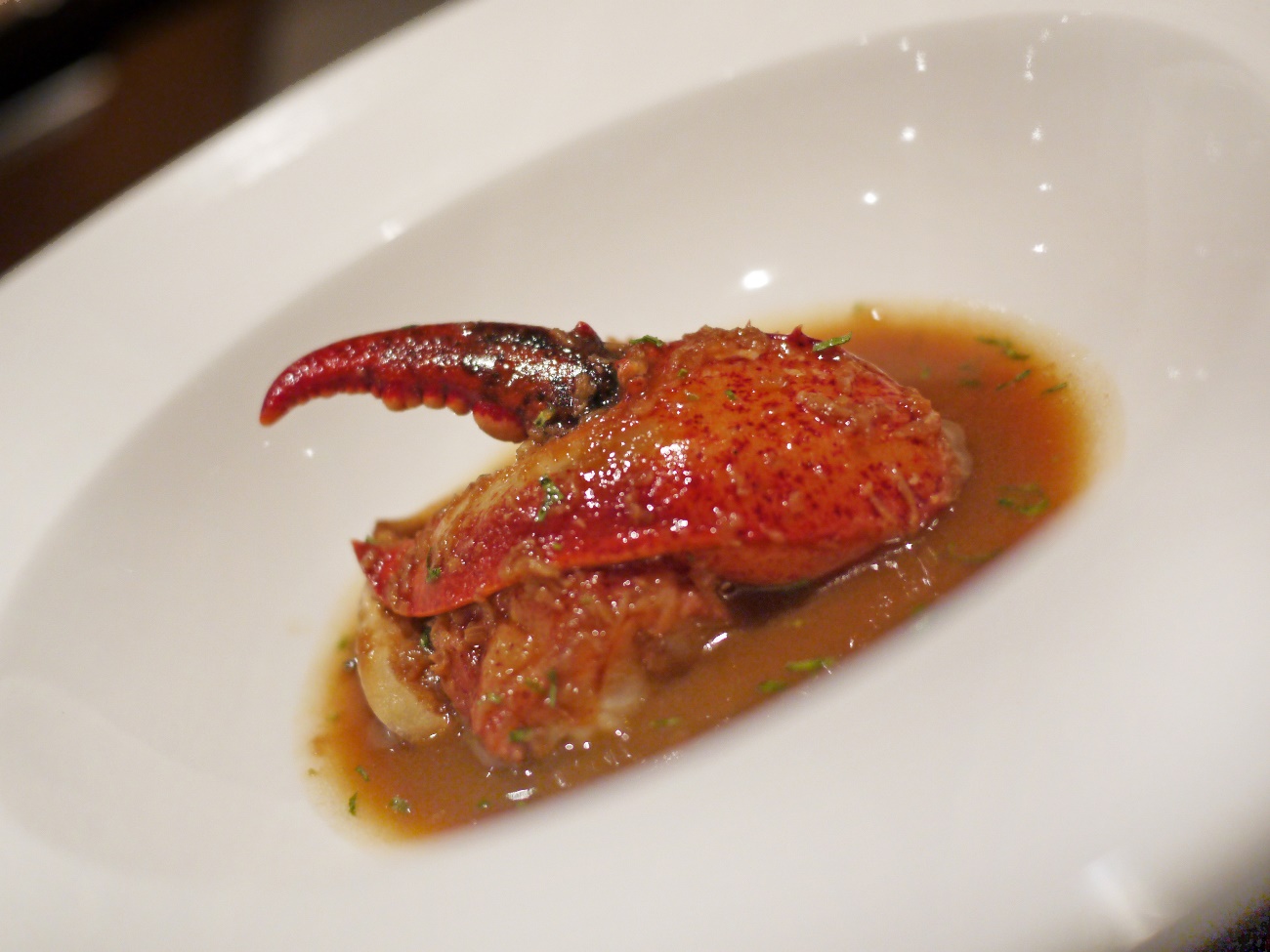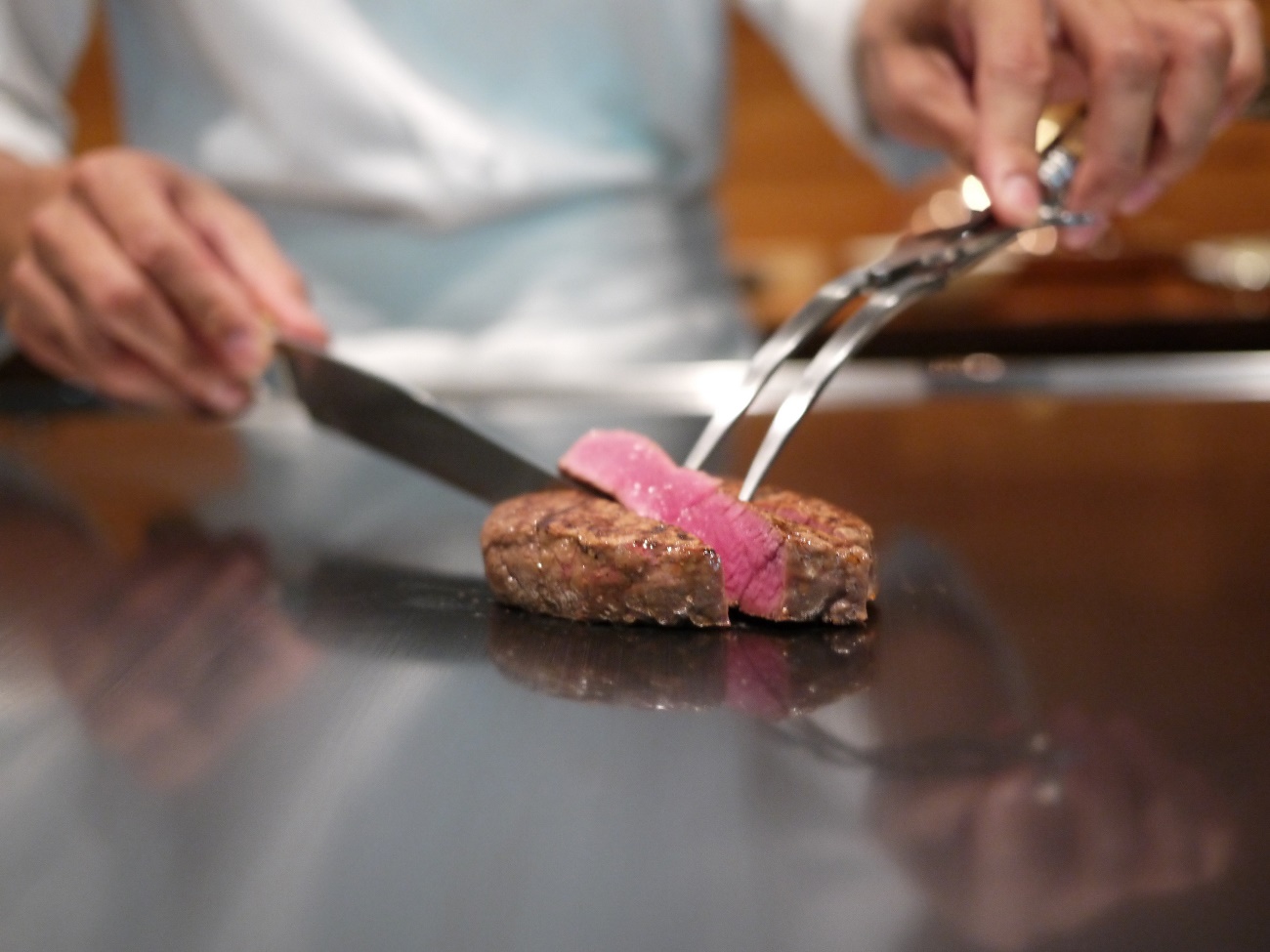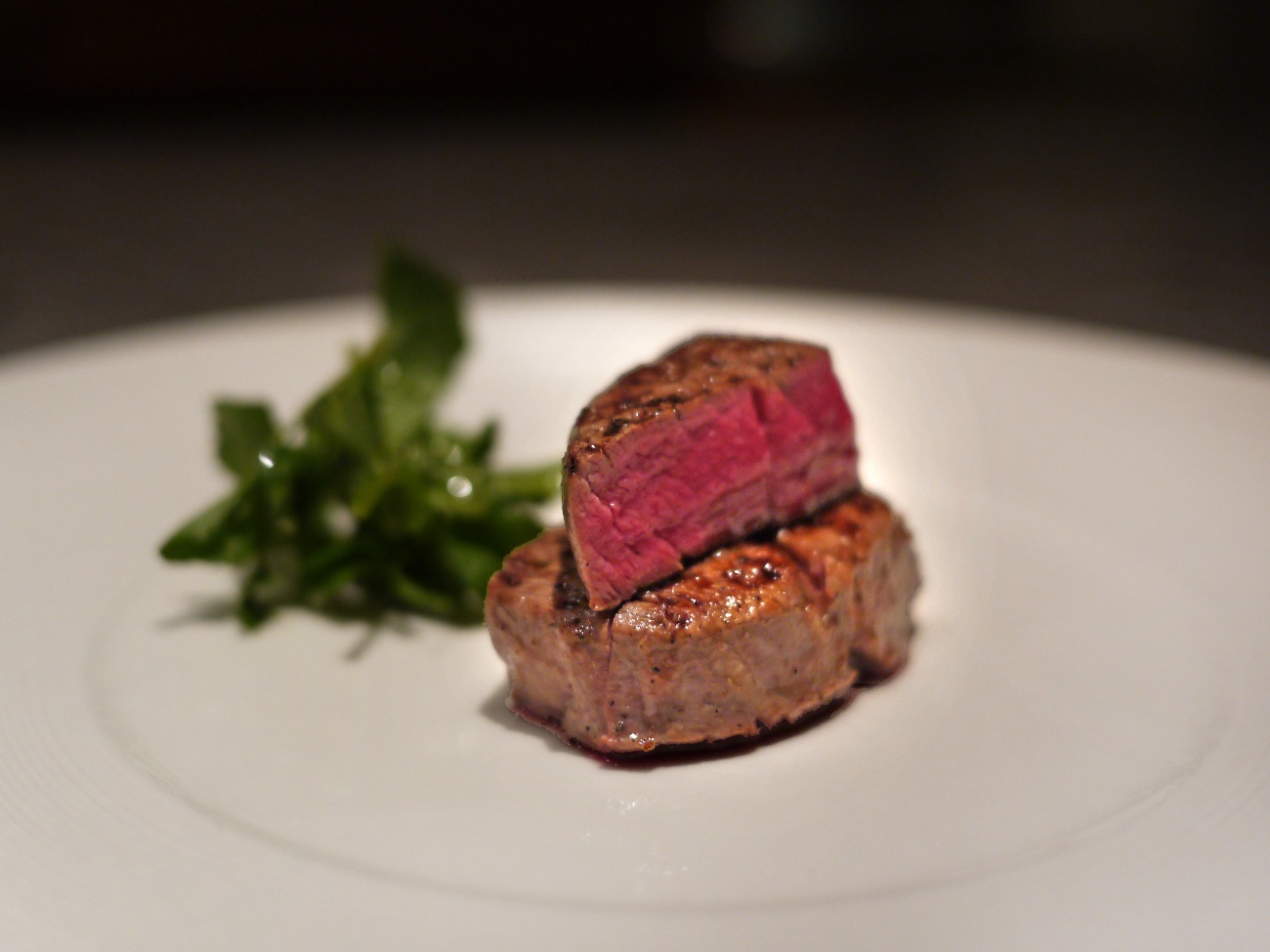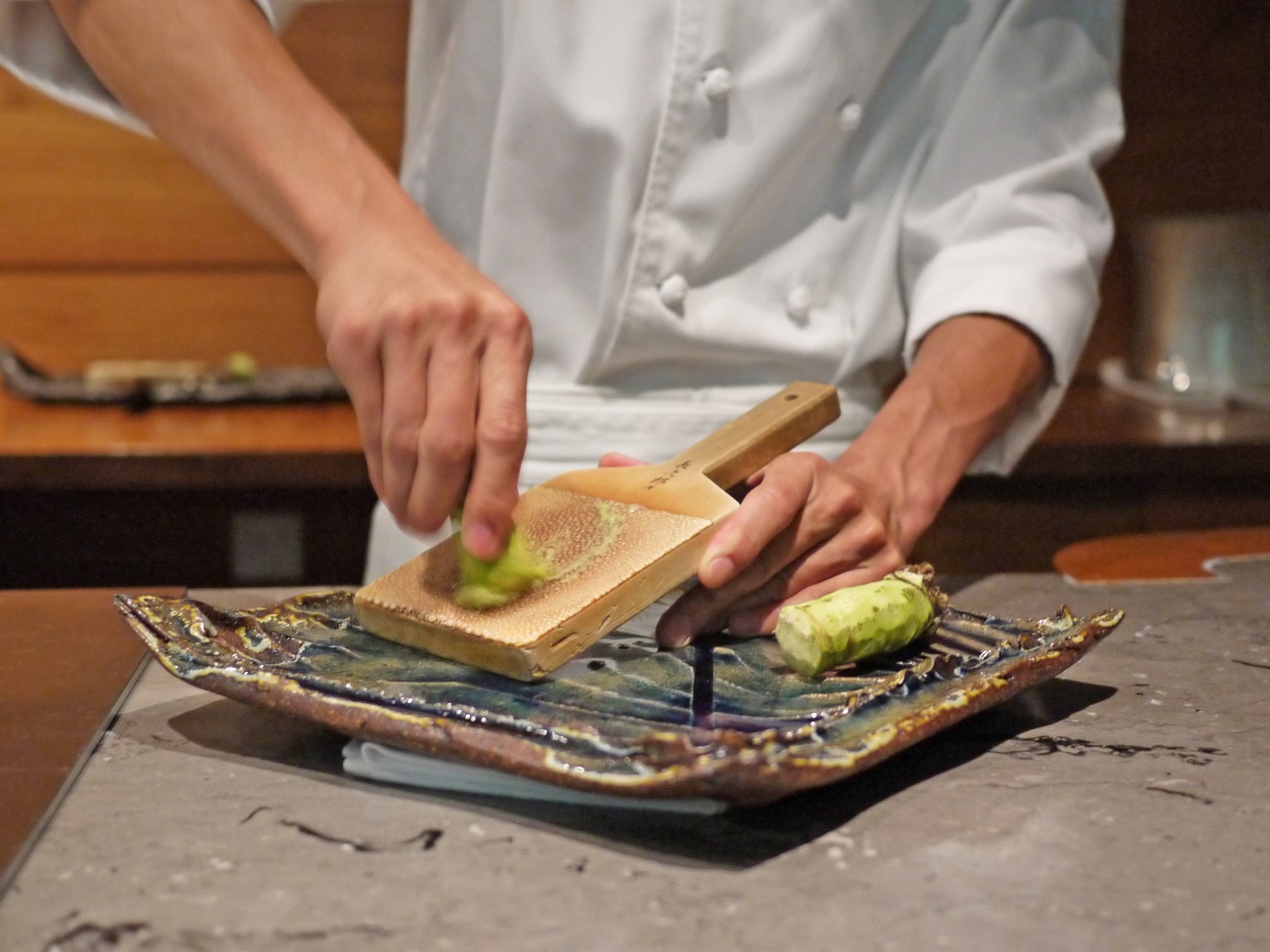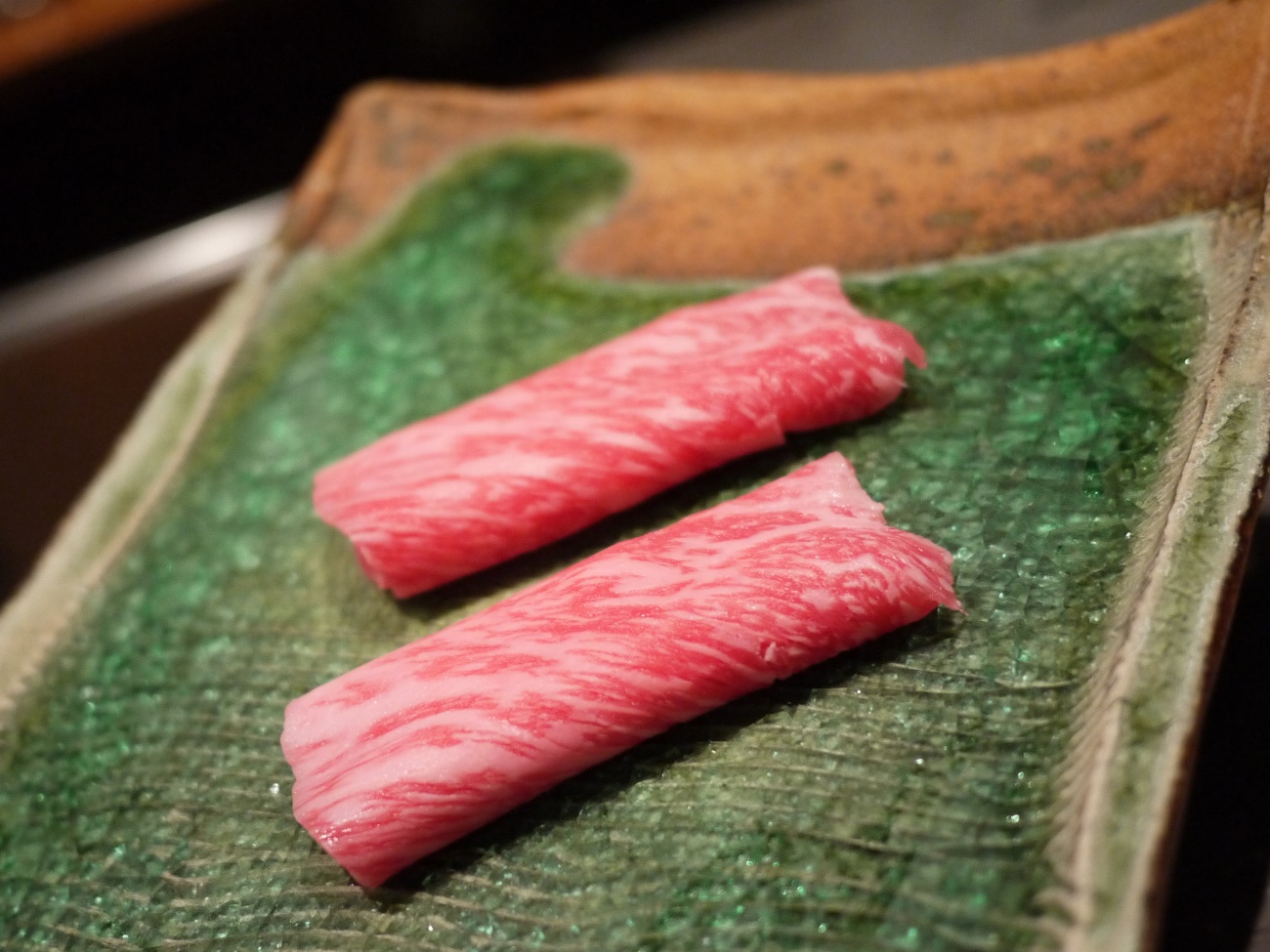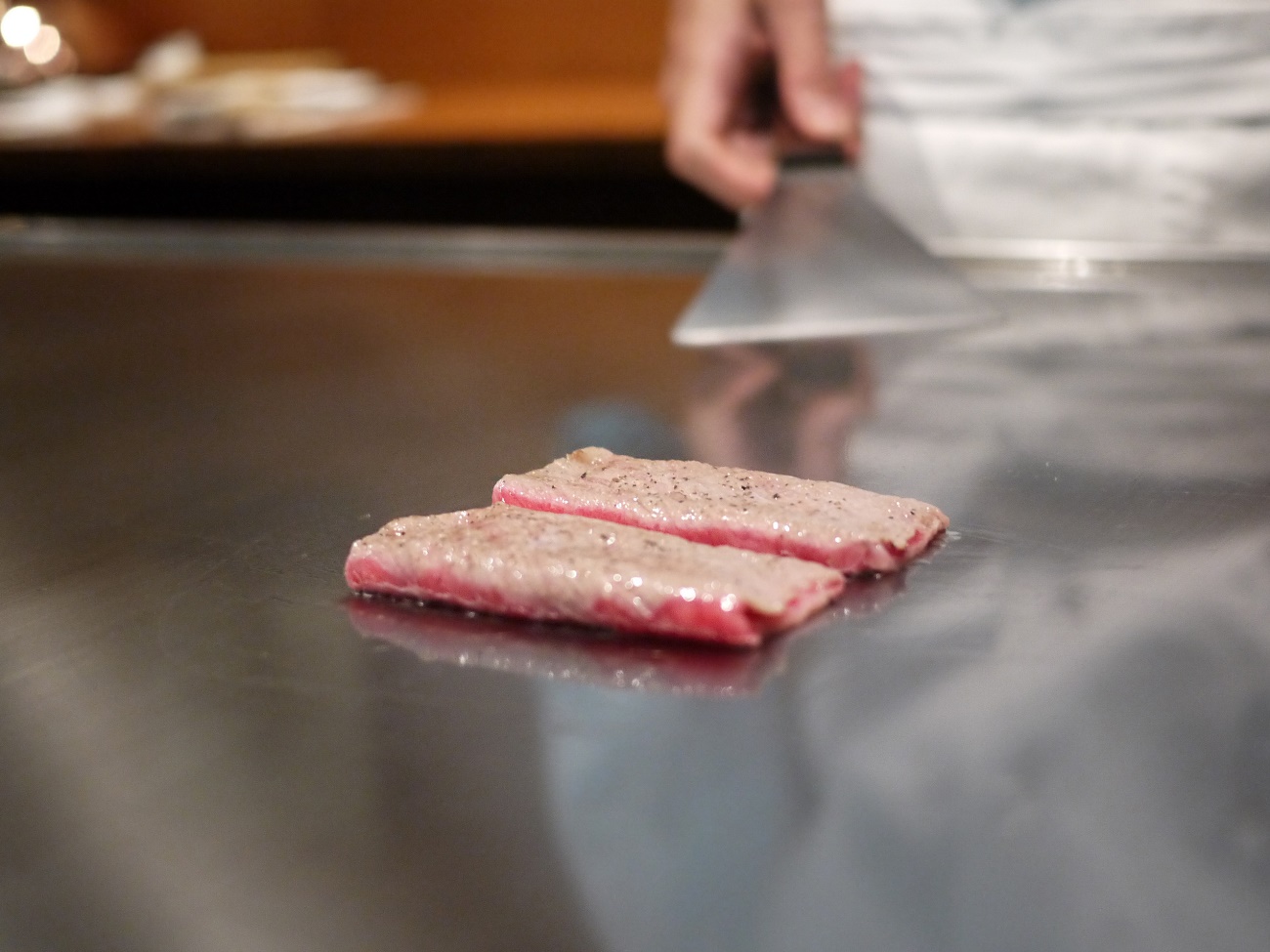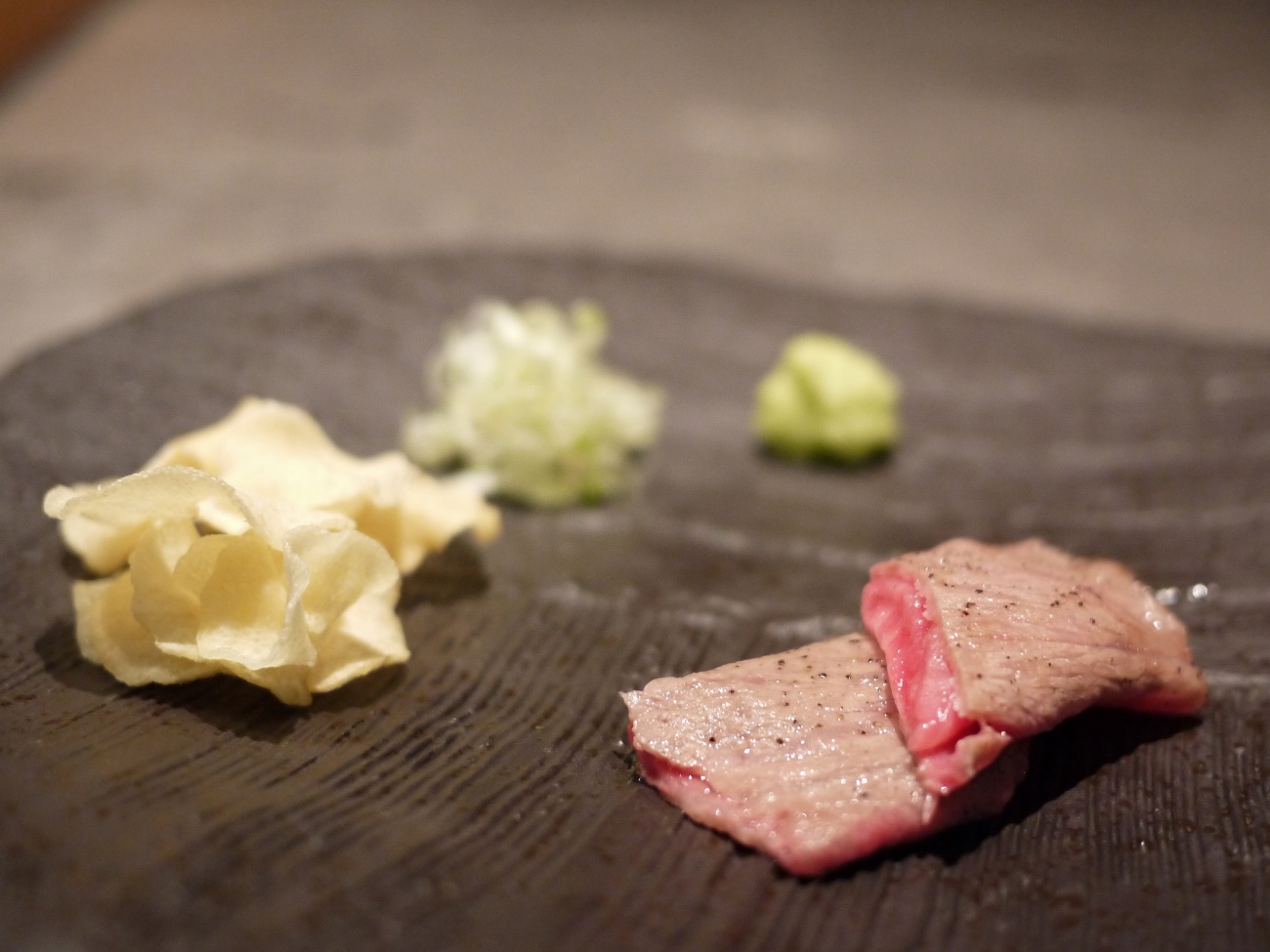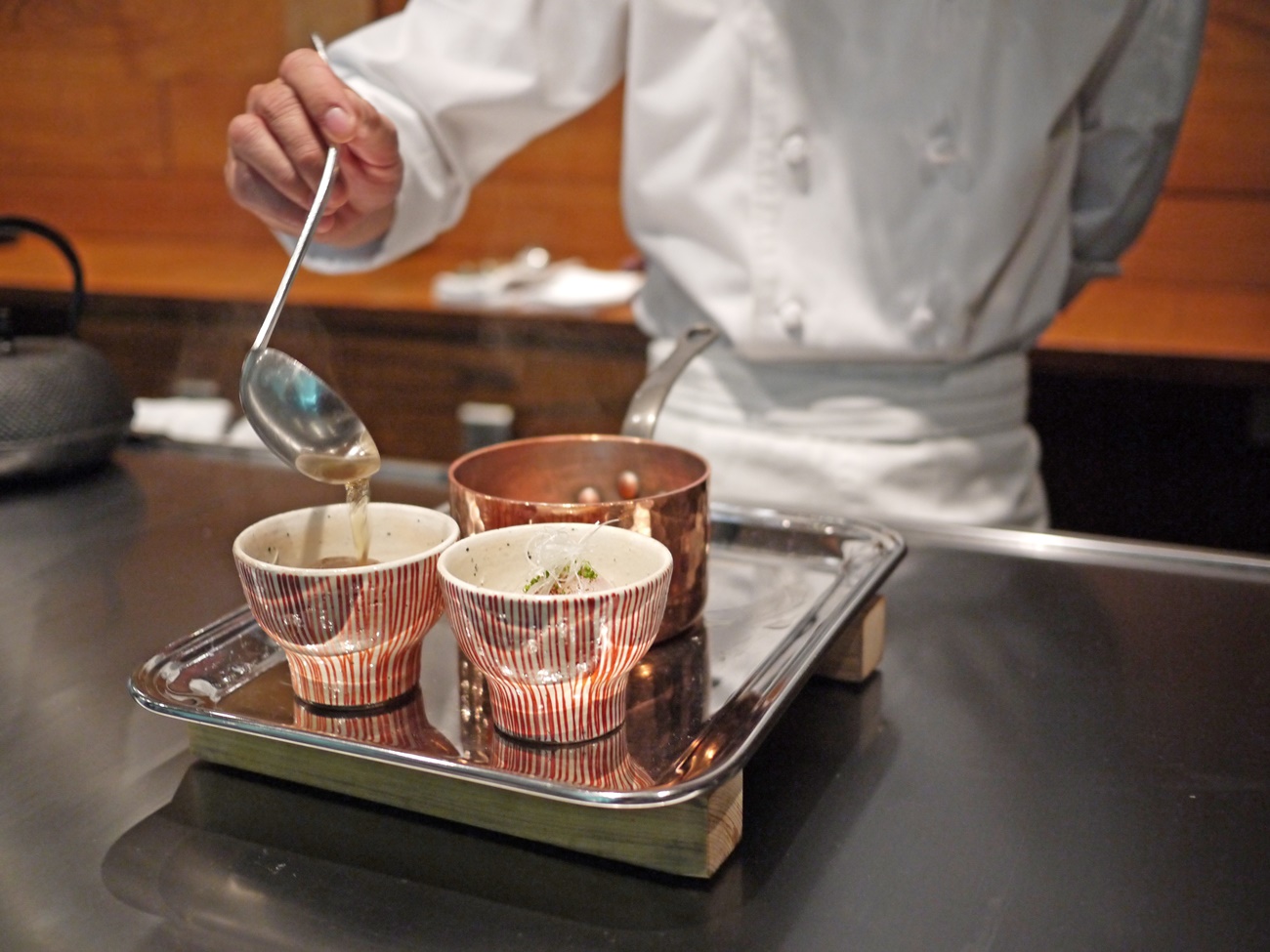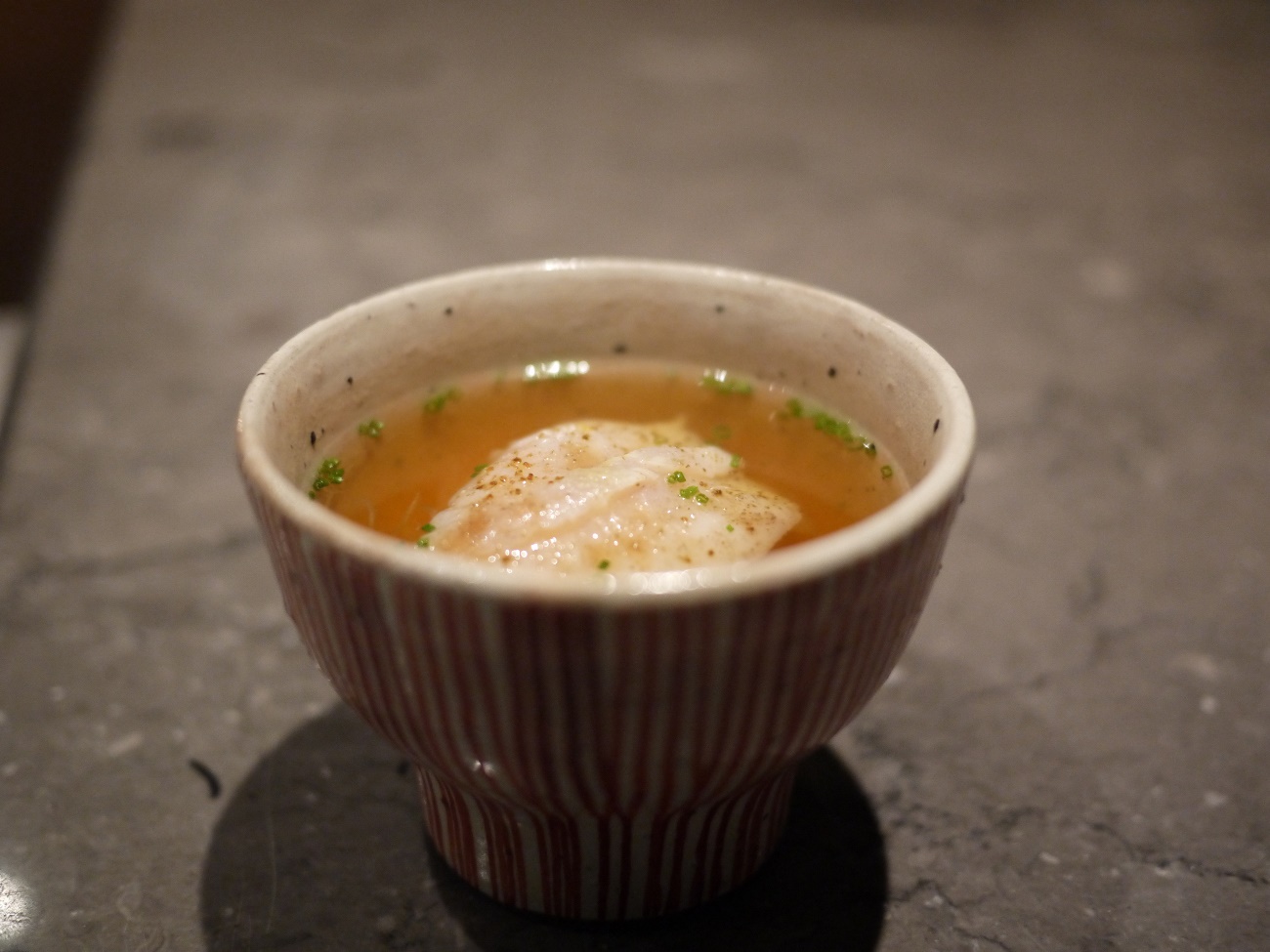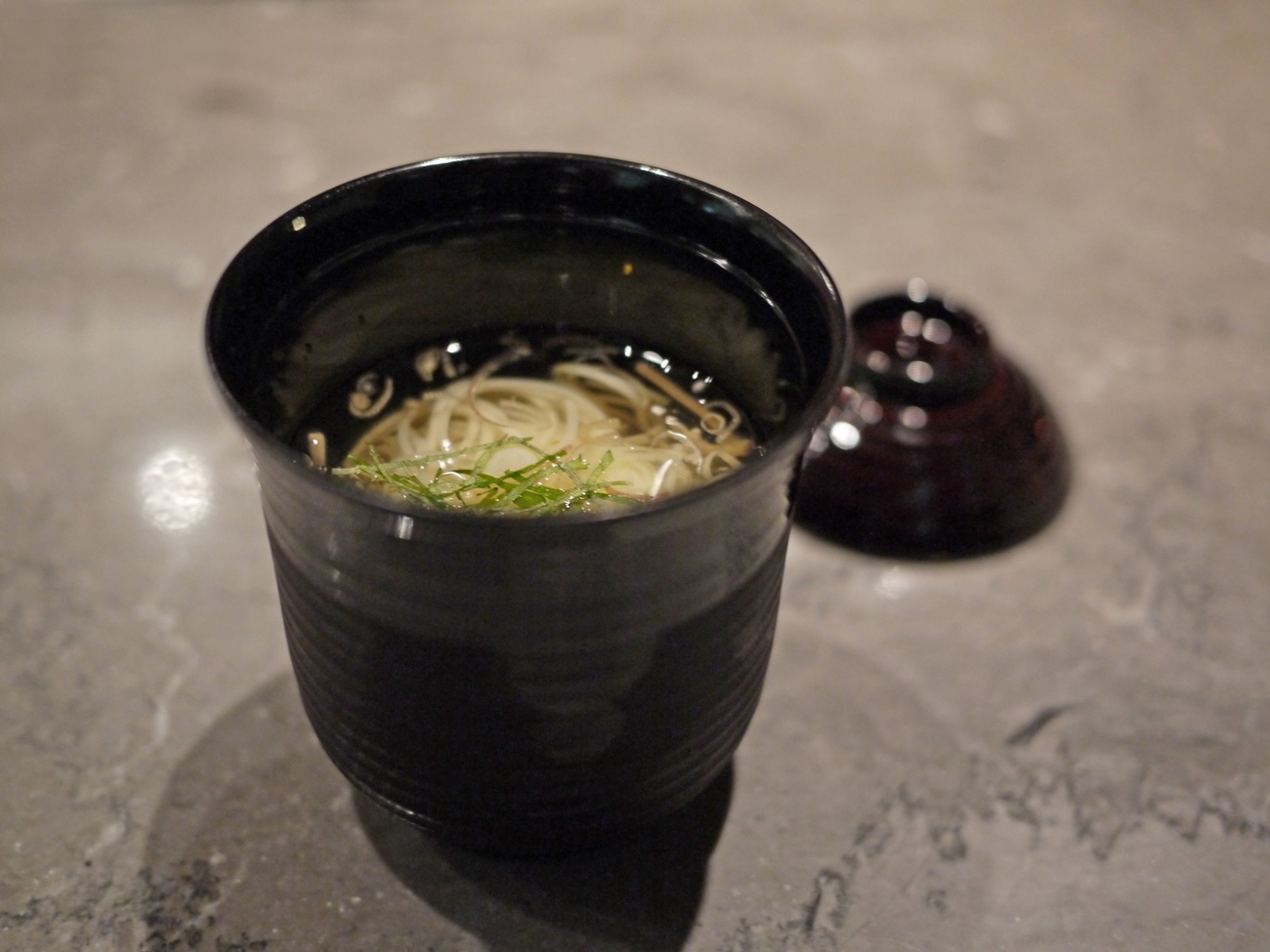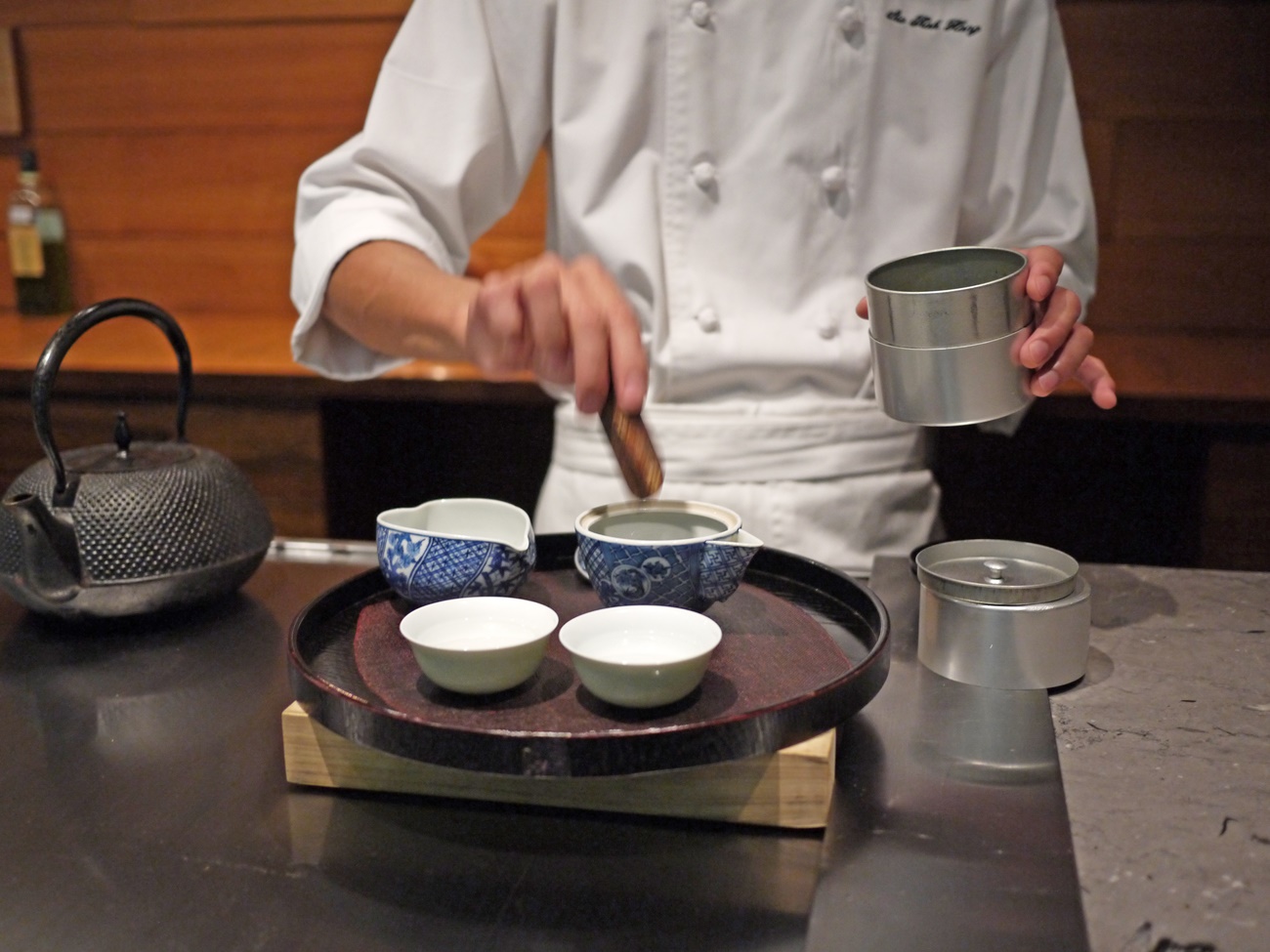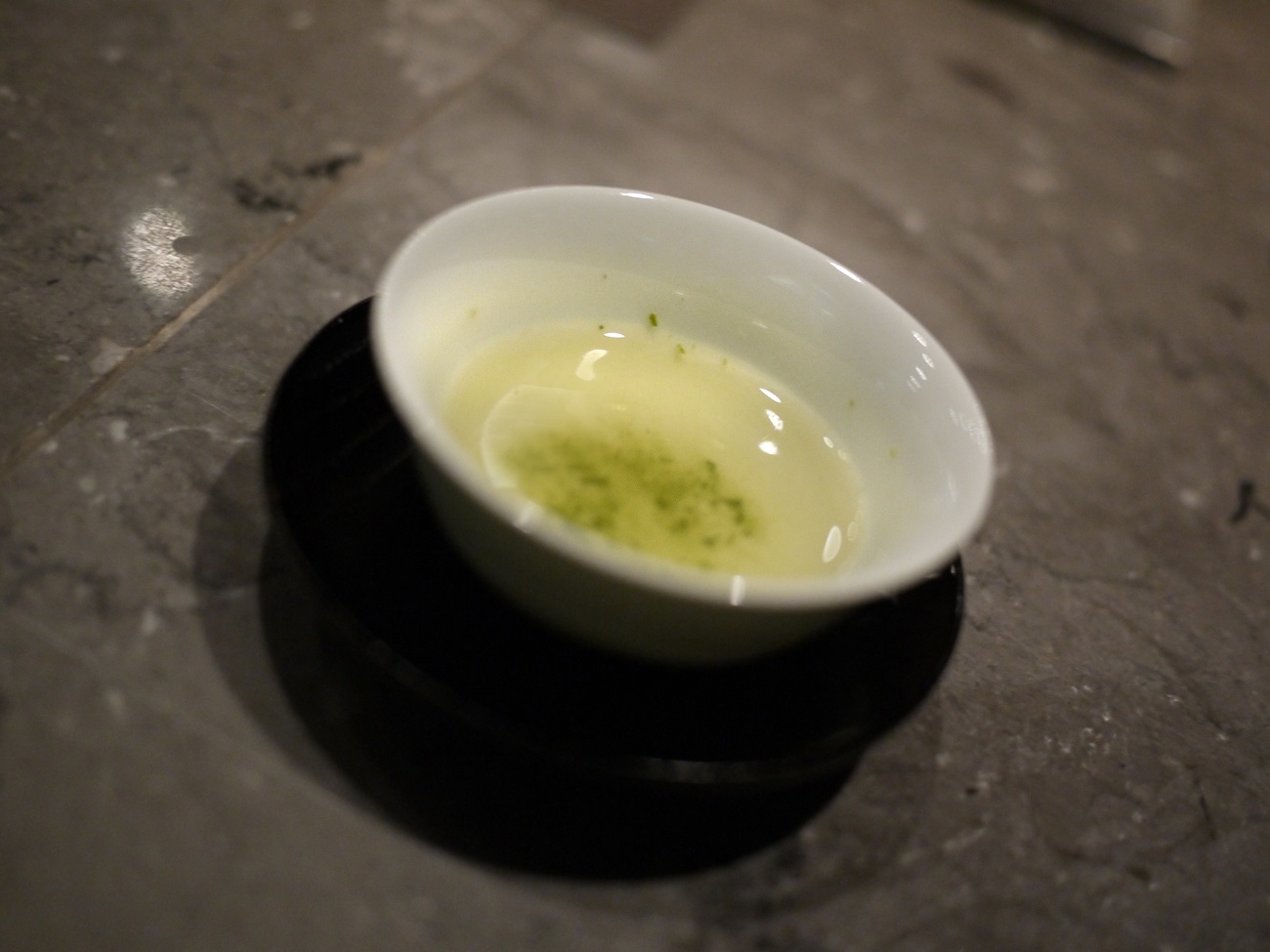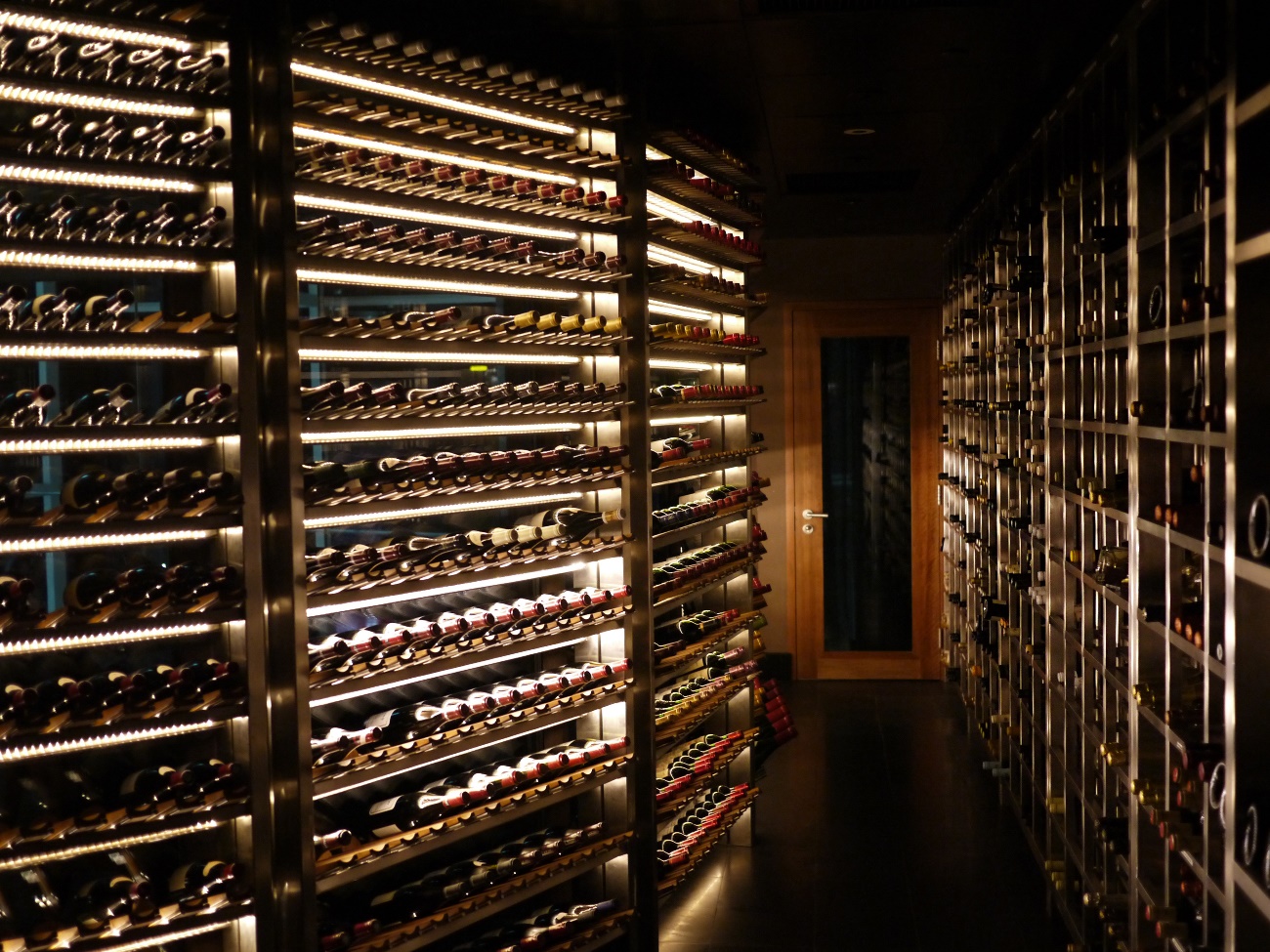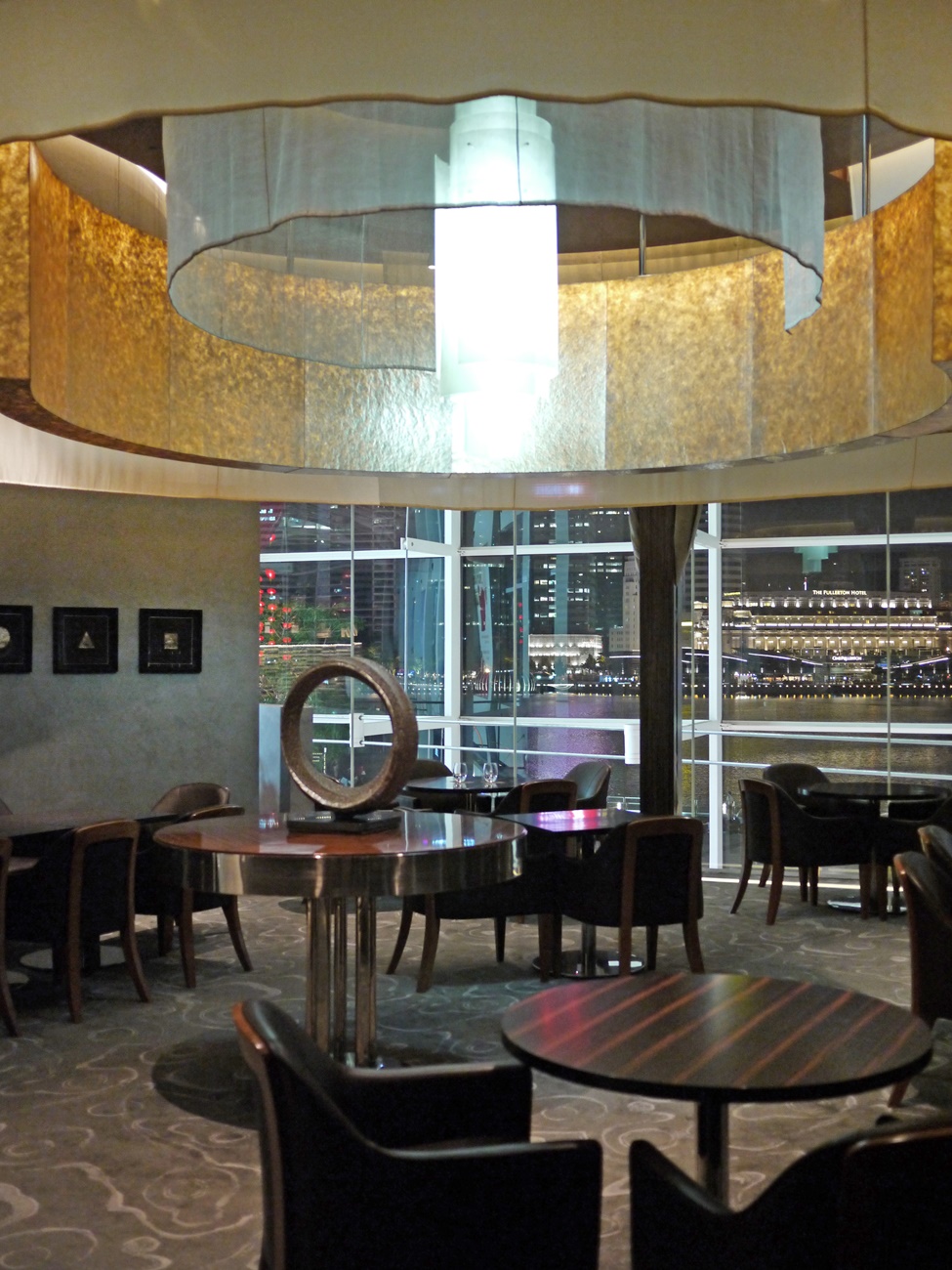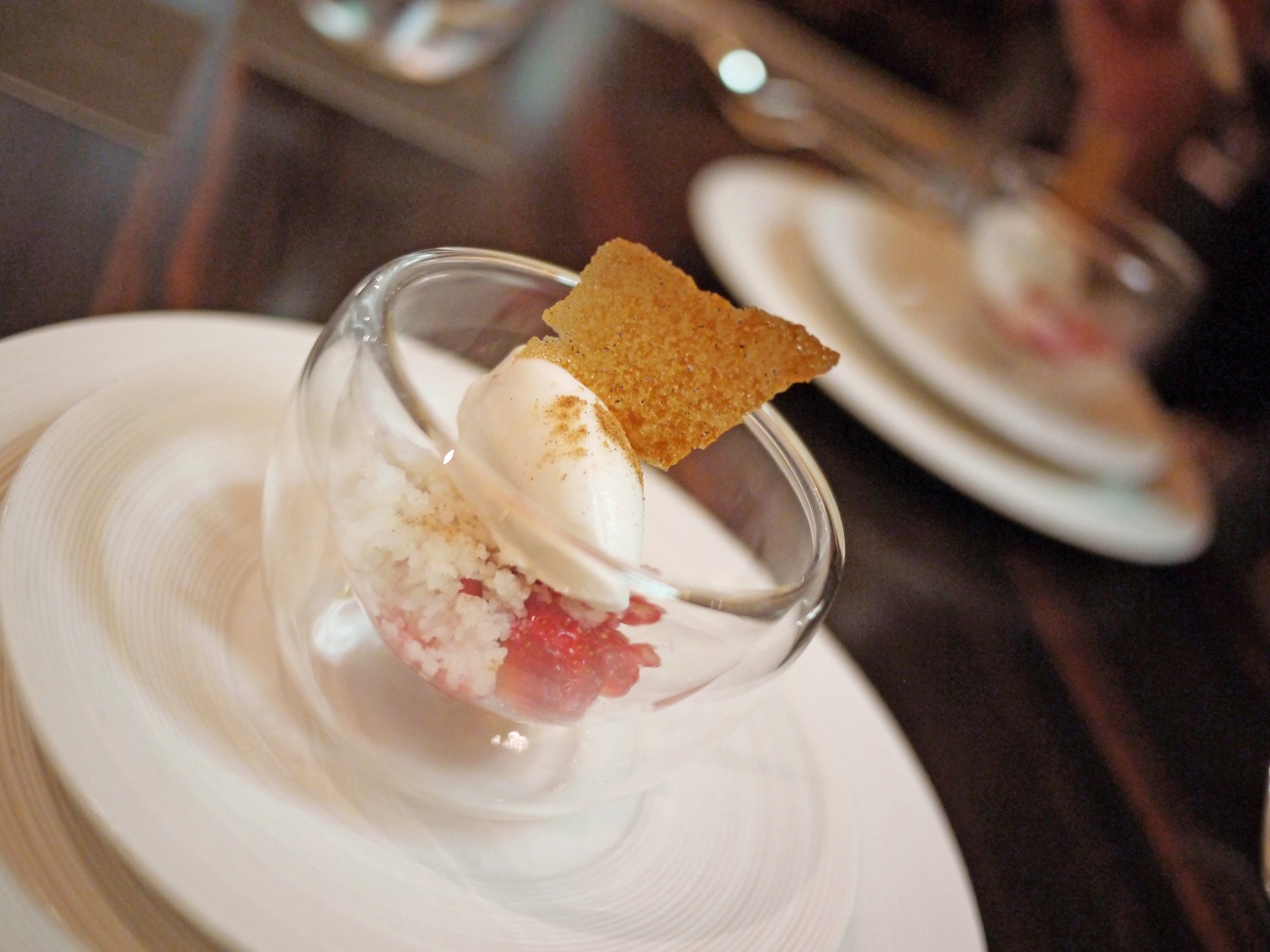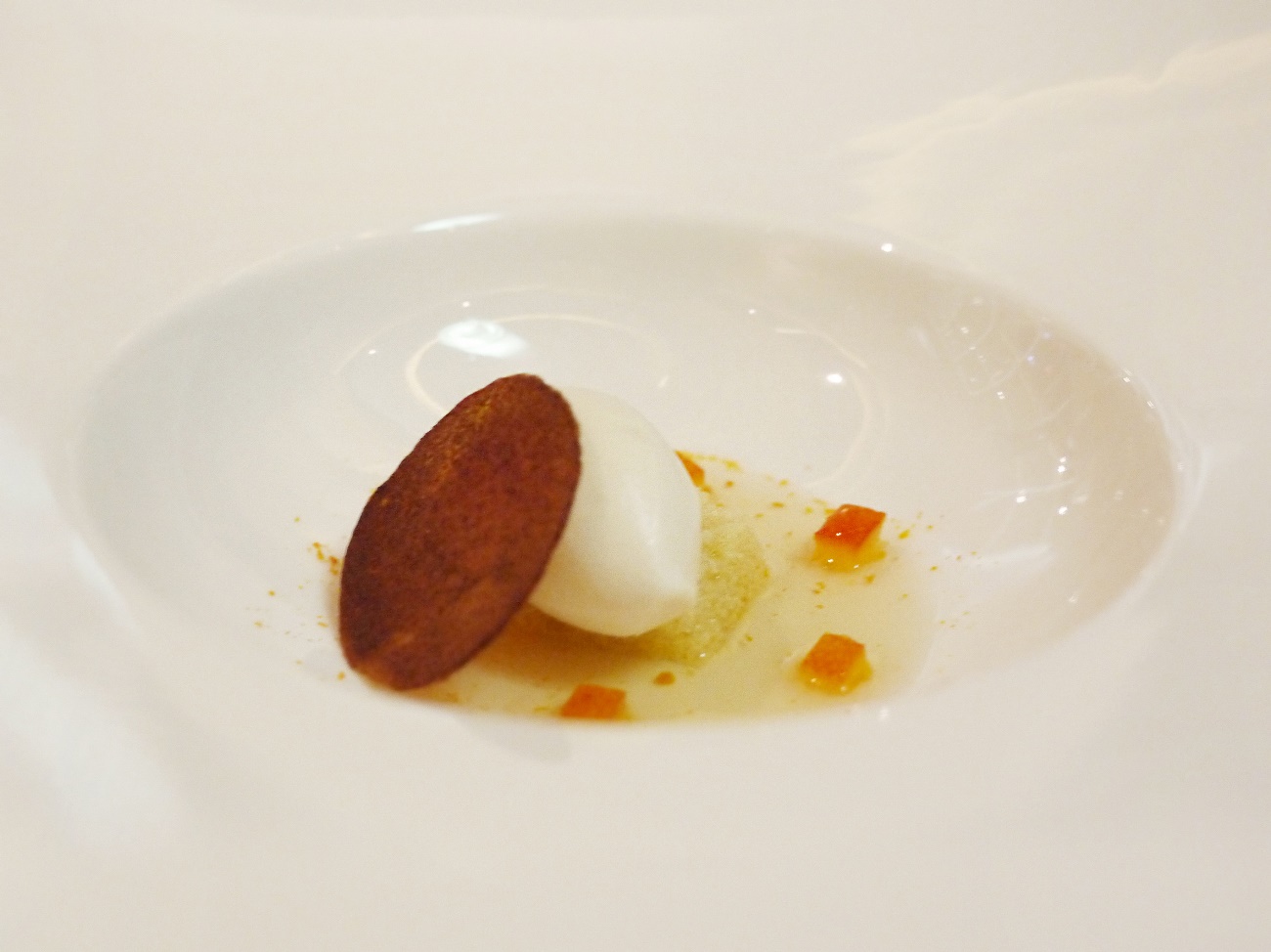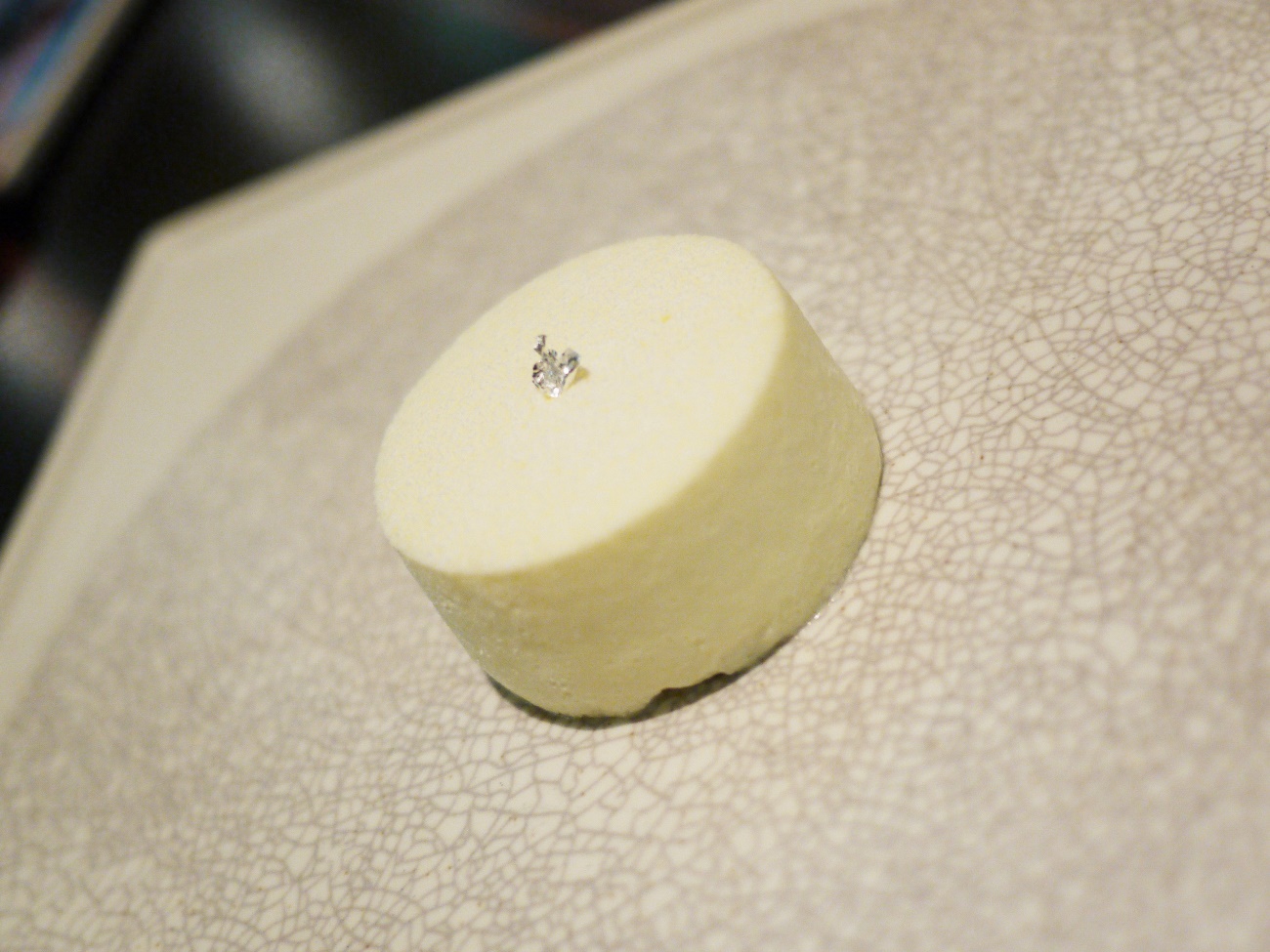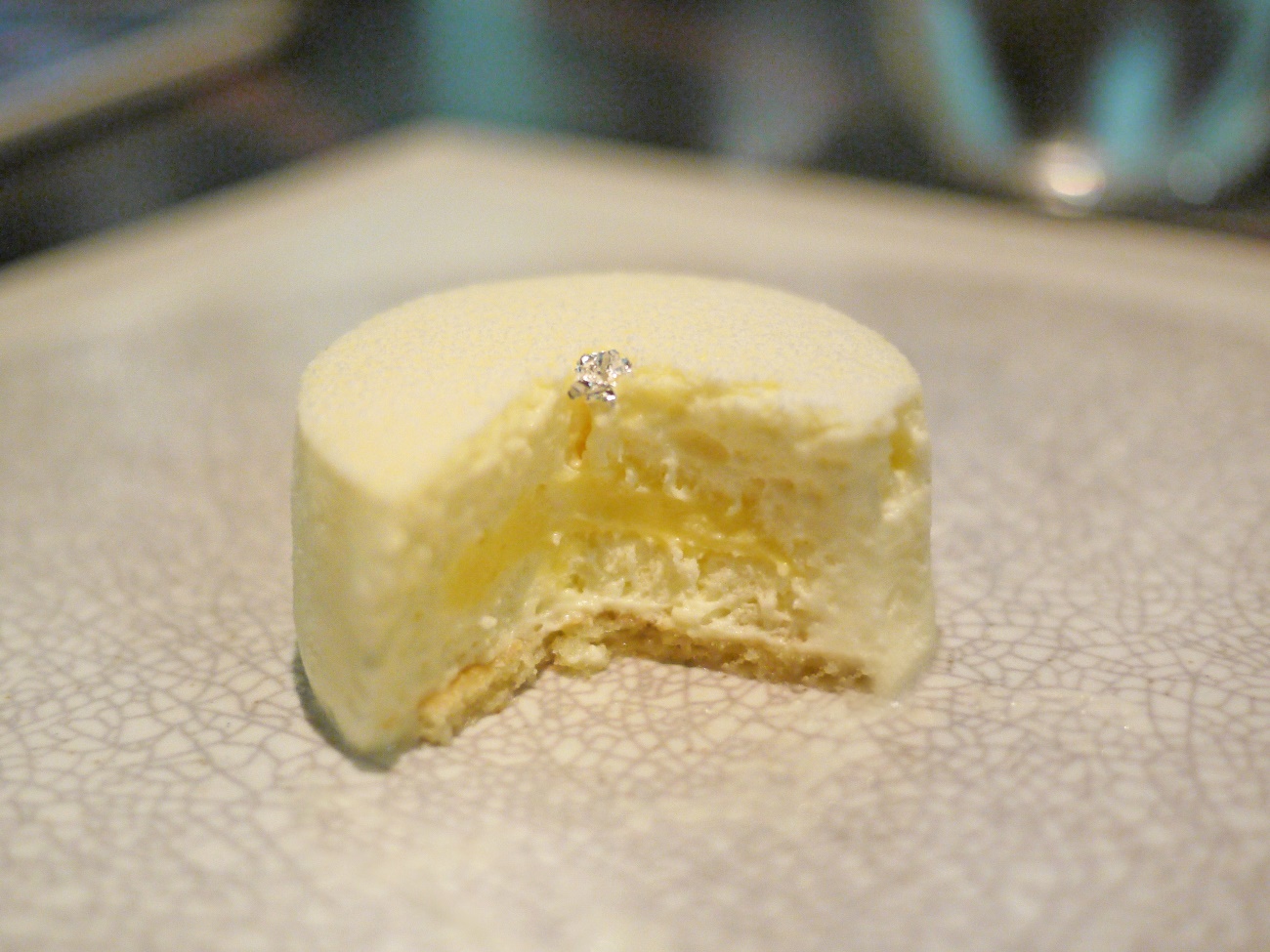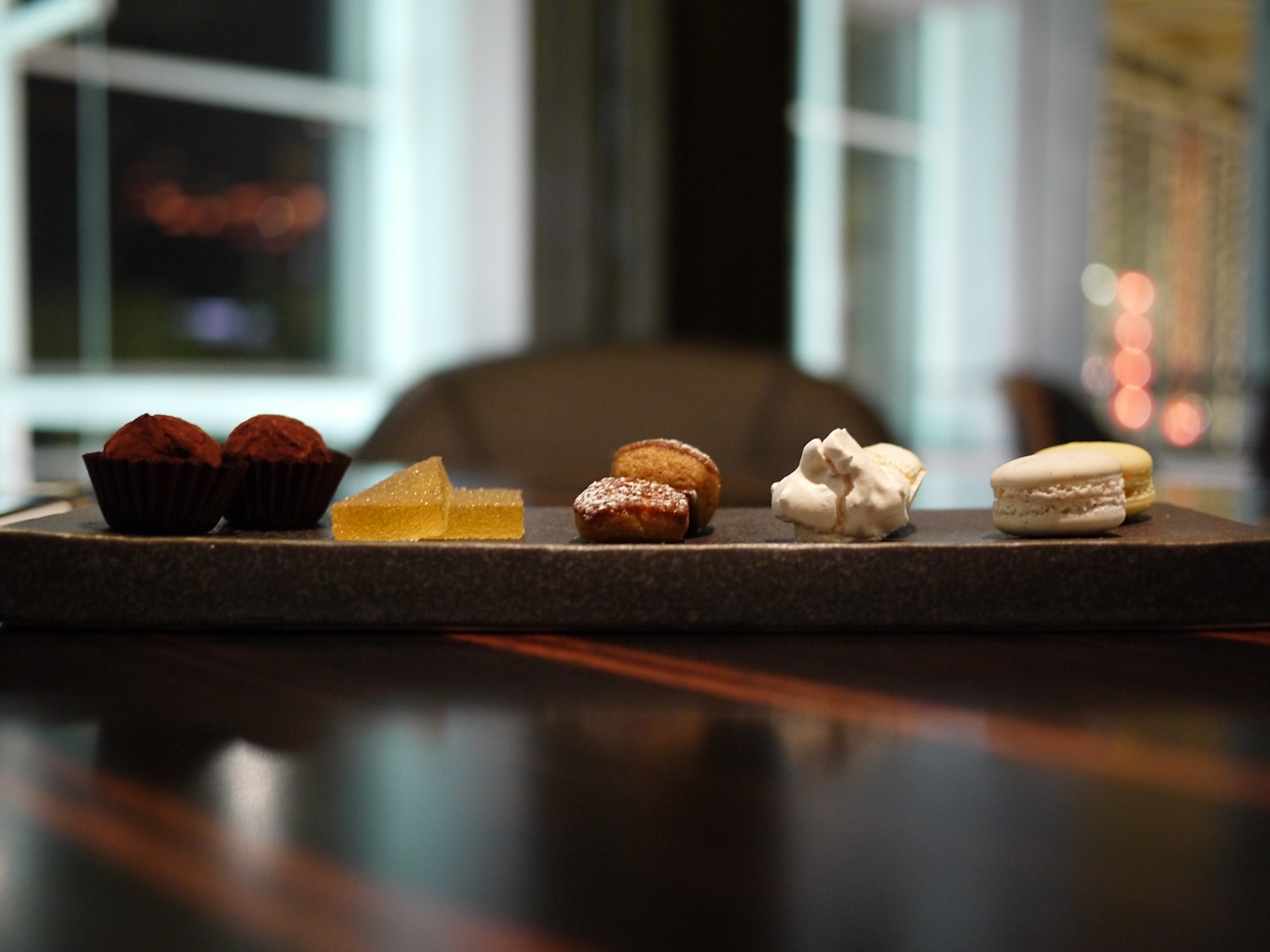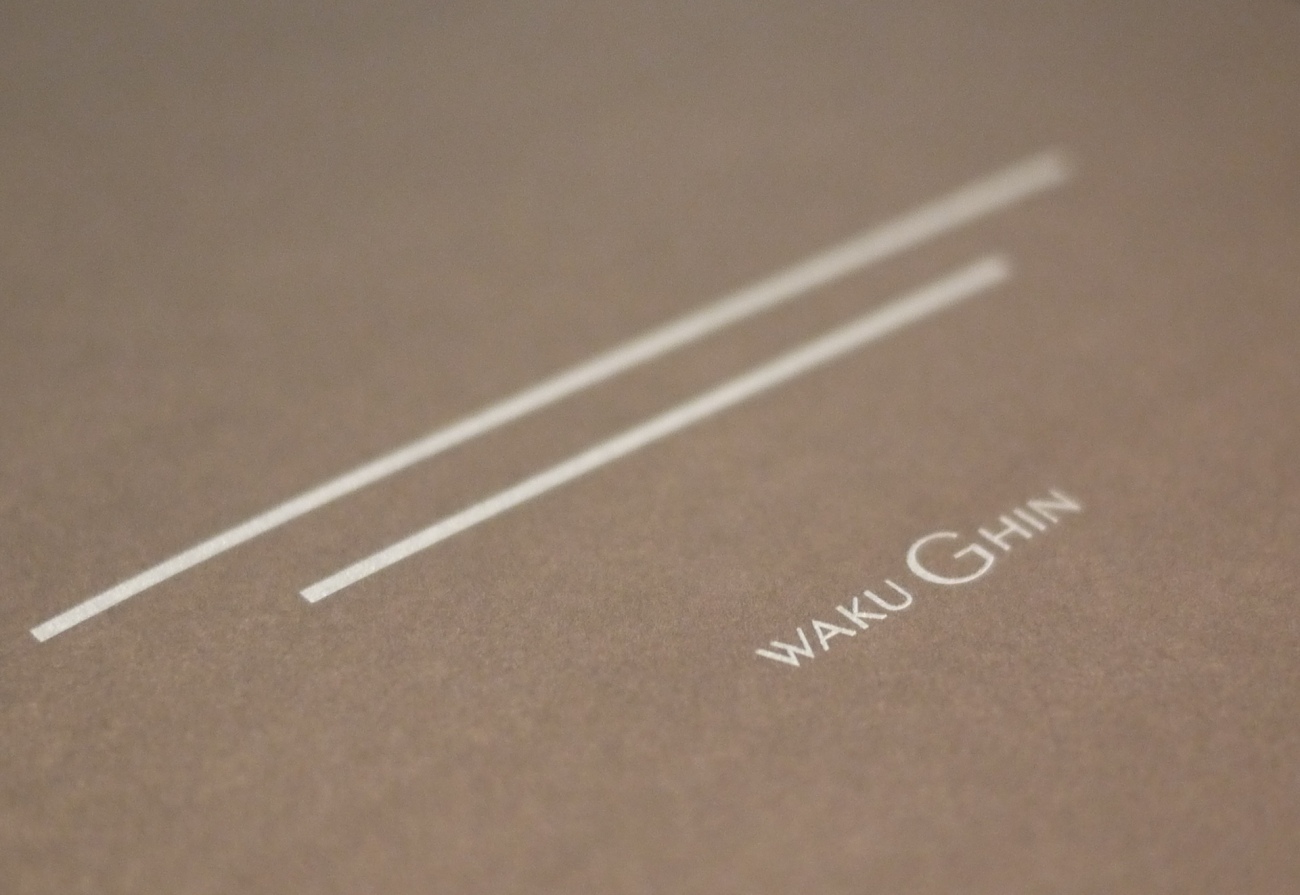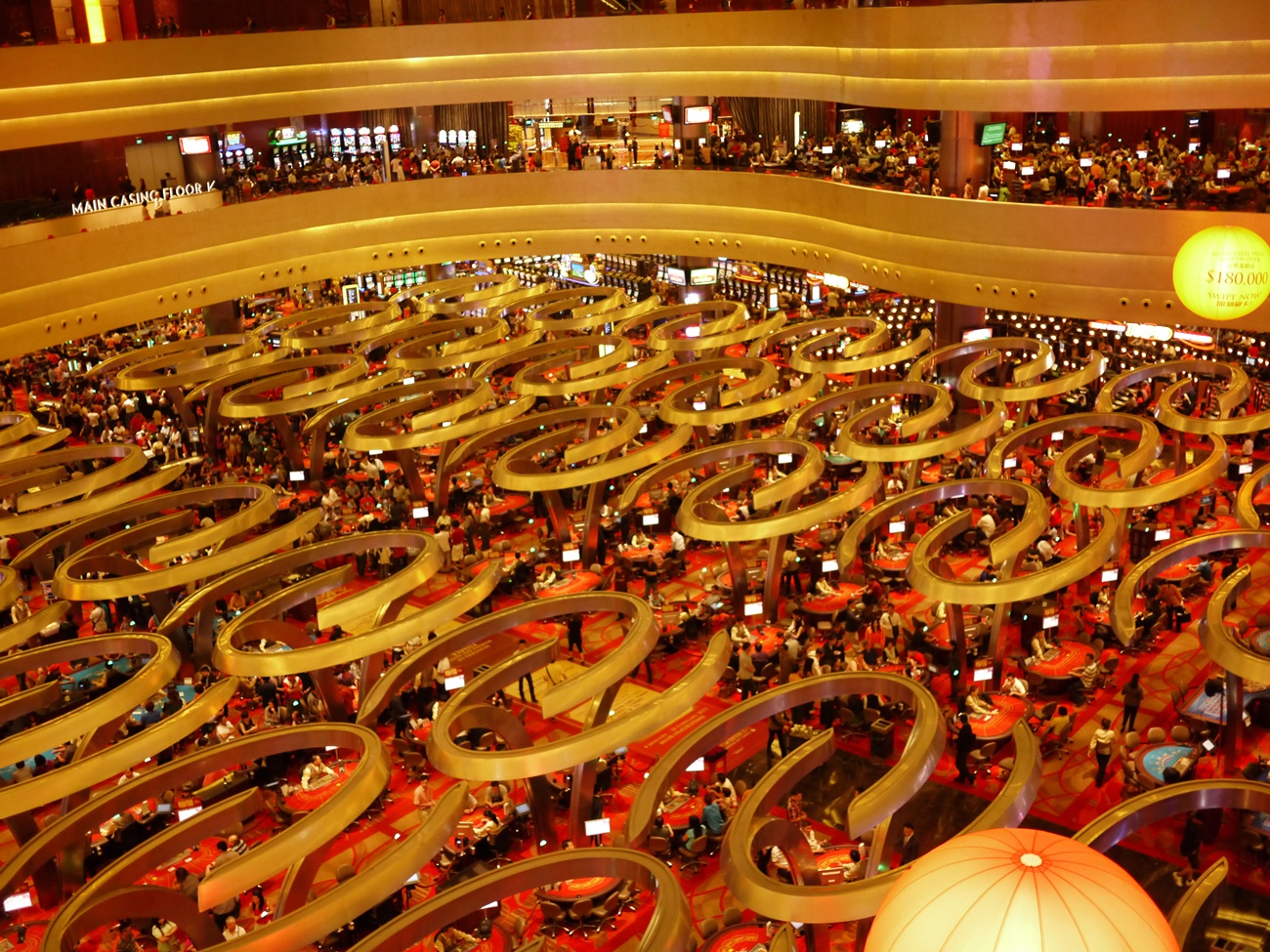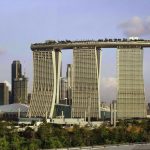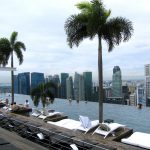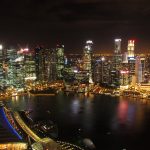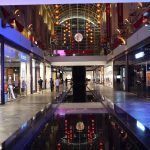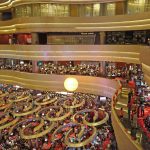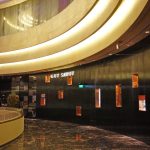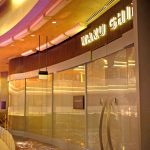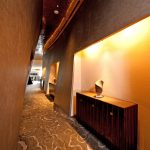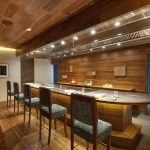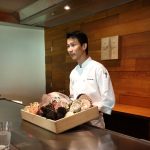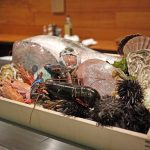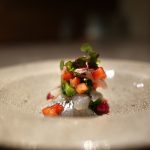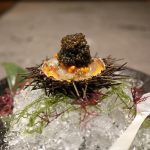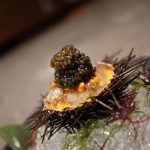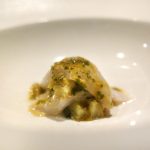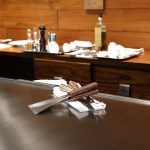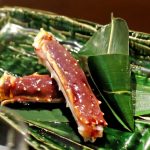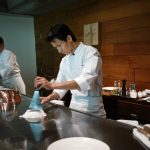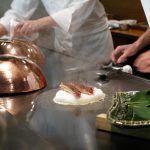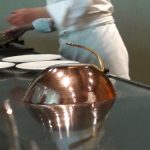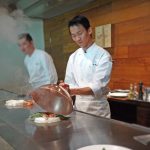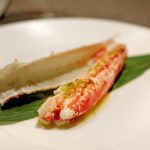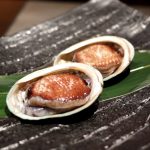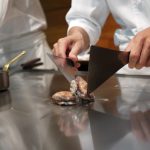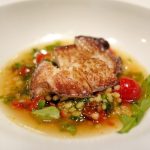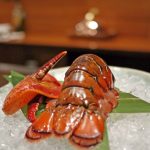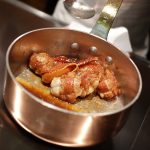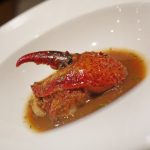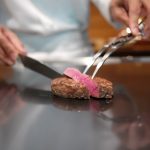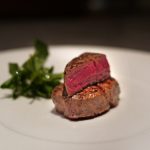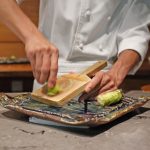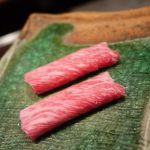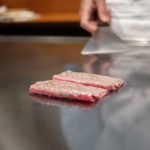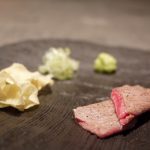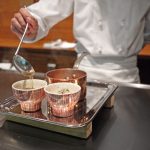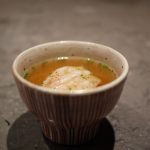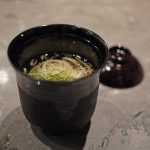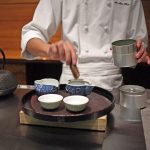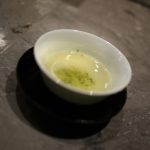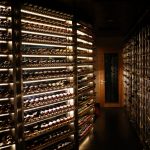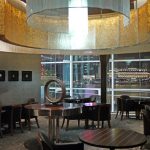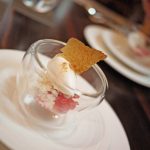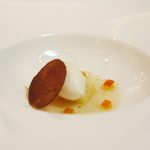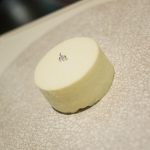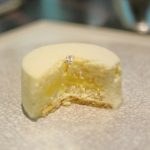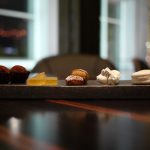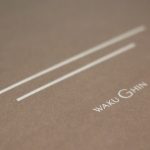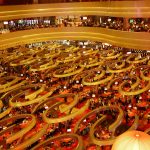CLICK ON THE MAIN PHOTO ABOVE TO VIEW CAPTIONS IN GALLERY FORMAT
Image 1: After just a 30min taxi ride from Singapore's Changi airport, the final destination of my "50 Best mission" was within sight. Dominating the skyline were three hotel towers, connected on top by a platform housing a tropical oasis, the SkyPark of Marina Bay Sands Hotel.
Image 2: Opened in 2010, this hotel has 2500+ rooms attracting travellers from all over the world for business and leisure. The 23-floor tall atrium provides easy access to the theatre, luxury retailers, the ArtScience museum, a convention centre, and of course, what I was here for -- world class dining!
Image 3: After dropping off the suitcases in our room, we quickly changed in to our swimming outfit and took the lift to the 57th floor to experience this 150m infinity pool exclusive for hotel guests.
Image 4: Since it was still early in the day, we had plenty of time to enjoy the pool and take in the unique scenery with city skyscrapers as the backdrop.
Image 5: Just before our dinner, we decided to stop by here again to get a glimpse of Singapore's night view. Impressive view of the luminescent skyline! After such a long journey, we hoped our meal would be as impressive as this view!
Image 6: Connecting to the hotel lobby was a shopping mall housing all the top brands, including the Louis Vuitton Island.
Image 7: Up the lift to the second floor, right above the casino was where all the celebrity chef restaurants were located. I immediately spotted the name Waku Ghin on the opposite side of the floor.
Image 8: Yes, it was a sin for any gourmand to walk past the door of Guy Savoy, but right next door was Chef Tetsuya's only restaurant outside Sydney! So it was forgivable!
Image 9: www.marinabaysands.com/Waku-Ghin Chef: Tetsuya Wakuda
Degustation: SGD$400 (10-course)
Open daily for dinner only.
Image 10: A small reception area followed by a mysterious corridor, resembling a narrow alley. I was a bit annoyed when making the booking that all guests had a restricted choice of either the 6pm or the 8:30pm sitting. My first impression of this place was one of those casino hotel dinings where celebrity chefs simply sign their names.
Image 11: Then I was shocked that the corridor led to only four teppanyaki-counter rooms, not a main dining area. So Tetsuya came all the way to open up a teppanyaki restaurant?! The rooms were very spacious though, sitting 6 per room so the whole restaurant serves only 24 diners for each sitting.
Image 12: We were in the room with two other couples. Though everyone arrived reasonably on time, we could still enjoy our champagne before Chef Sia Kok Hong came out to introduce himself with a huge box of fresh seafood. The lobster was still moving!
Image 13: He explained the source of each produce - sea urchin from Hokkaido, oysters from Normandy, lobster from Canada, John Dory from New Zealand, etc., basically bringing in the best seafood from all over the world and our menu of the night will be created from this box of ingredients. A seafood tasting menu, ideal for us!
Image 14: He shortly returned with an amuse bouche of marinated Sayori (halfbeak) stacked with pomegranate and diced Japanese strawberry. Fish and strawberry sounded odd but these strawberries were distinctively sweet. The pomegranate was crucial as it brought in small bursts of acidity to go with the oily fish. A very appetising start!
Image 15: Then one of the signature dishes of Tetsuya, came with a mother of pearl caviar spoon on the side! Inside the sea urchin shell was marinated Botan shrimp with sea urchin and just in case that wasn’t indulging enough, it was crowned with a generous portion of Osetra caviar!
Image 16: I first tried a piece of shrimp which had an amazing freshness; then a piece of silky sea urchin which immediately brought back fond memories of my trip to Hokkaido; and finally the caviar which provided pure sea saltiness. After a few bites, I found my palate was dominated by caviar masking the elegant freshness of the shrimp and even the deep richness of the sea urchin. Still, a course of exceptional ingredients, and I was not complaining!
Image 17: Slow-cooked John Dory with charcoal grilled eggplant and seaweed at the bottom. The fish was delicate; the eggplant still had an aroma left from the grill; and the sauce, made from chicken stock and leek, tied everything up! Excellent food!
Image 18:
Sia Kok then brought out his cooking utensils and started heating up the teppan flat grill.
Image 19:
Next up was Alaskan king crab legs.
Image 20:
He then formed a disc of salt and drizzled some water.
Image 21: After placing the crab legs on top and laying over a Japanese bamboo leaf, he covered it up with a lid creating a steaming effect. He then chatted to us for what seems to be a long time so I became worried about my crab being overcooked! I am very picky when it comes to steaming delicate seafood like this one, especially without seasoning, it really all comes down to precise timing and temperature.
Image 22: He sensed my concern about the crab from my facial expression, so he gave me a calm response, “Don’t worry! Even a timer won’t help because it's different everytime – sometimes I cook for two, sometimes for six, the thickness of salt disc changes, and the size of the crab varies every time. But, I already felt the weight of the crab when I laid it on top, so I know. Trust me, give it another 30 seconds!”
Image 23: Sia Kok then confidently removed the lid, and plated our next course with a touch of extra virgin olive oil and lemon juice with yuzu zest. He further explained, with just water, traditional steaming went up to 100°C, but with salt and water on this teppan, it reached about 200°C. Given his confidence, we both had to be extra critical on this course!
Image 24: Cutting it through with my knife, I already noticed the amount of juice coming out and how easy the delicate flesh detached from the thin blade centre bone. The first bite dispelled all my worries and confirmed this succulent and buttery crab leg was indeed handled with the best care. The touch of yuzu acidity made it even more appealing for the palate. Wow, this was surely a thing of beauty; both the ingredient and the execution!
Image 25:
The seafood feast continued with abalone.
Image 26:
He carefully grilled both sides and the edge as well.
Image 27: He then cut it into six pieces before plating them on a bed of fregola and tomato. A mouth-watering dish with wonderful texture from the abalone and nice touch of Italian flavours. Another gorgeous dish!
Image 28:
The live lobster was quickly poached before slow-cooking it together with shallots.
Image 29: It took a while to cook this course as he set it to just 60°C. And when it started to turn from translucent to white, that was when the tail was ready. The claws needed more heat so he turned up the temperature and incorporated a shellfish broth together with finely chopped tarragon.
Image 30: The seafood here was impeccable! I ate it slowly in order to appreciate every single bite of the lobster and every single drop of the sauce!
Image 31: For meat course, a tasting of two types of beef. First, a cut of Tasmanian grass-fed tenderloin served with watercress and wasabi mustard.
Image 32: Simple but it was all about the quality - tender and juicy. I particularly liked the slight kick from the wasabi mustard.
Image 33: He then took out a sharkskin grating board for the fresh wasabi to go with the second beef course.
Image 34:
Ohmi Wagyu from Shiga Prefecture in Japan. Look at the marbling!
Image 35: A touch of seasoning and lightly searing on the grill was all this A5 beef needed. It was then thinly sliced and rolled up to allow to melt in your mouth.
Image 36: Accompanied by fried garlic chips and citrus soy that had a strong bonito flavour giving it an extra boost of umami. An incredible course along with a unique pairing of Ruinart blanc de blancs which worked surprisingly well!
Image 37: Rather than making us to choose, Sia Kok offered us to try both the hot rice course and the cold noodle course as the last courses served on the teppanyaki-counter. He then said "most people think teppanyaki is just a grill, but as you saw, we sear, stir fried, slow-cook, and even use it for steaming!" I guess I had a totally wrong perception about this restaurant.
Image 38: A small bowl of snapper on rice finished with hot consommé . The flavour was so addictive that I finished every drop of the broth.
Image 39: And the cold sōmen, a thin wheat flour noodle with myōga ginger and junsai at the bottom. The noodle was al dente and the broth had a hint of yuzu acidity. Again, I didn't leave a single drop behind! Both the hot and the cold choices were superb, and even better to have both!
Image 40: Sia Kok surely kept himself busy. While we were having the noodle, he was already preparing a Gyokuro. He also alternated the last few drops between the two cups since it was the last bit that gave the intensity of this fine green tea.
Image 41: It was hard to believe that such a clear and light green tea would be so powerful on the palate that it was even comparable to the intense shellfish sauce in the lobster course. Miraculous!
Image 42: Since there was at least one staff monitoring each room at all time, they were able to deliver spotless service! After a long chat with Sia Kok, the sommelier showed us the wine cellar. I quickly spotted a bottle of 1964 Dom Pérignon Oenothèque!
Image 43: They had a separate area for dessert offering a floor-to-ceiling view of the marina. Though they did two sittings, the counter-seat concept allowed the chefs to control the pace of the meal, and by having a separate dessert area, they were able to manage the timing ensuring a smooth transition in the sittings.
Image 44: In this bowl was a small pre-dessert of lychee granite and coconut ice cream finished with a cold soup of strawberry. Refreshing, just enough lychee to complement the coconut without being overpowering. This pre-dessert was a nice transition between the sōmen and gyokuro to more the Western desserts.
Image 45: Resting in a dates soup was a quenelle of Tonka bean ice cream decorated with cubes of preserved orange peel. Very unusual but harmonizing combination. A creative dessert!
Image 46: The Finale was the signature dessert of the house, Ghin cheese cake. As the restaurant name means "flowing silver", the plate had a pattern in silver and the cake was topped with a silver leaf.
Image 47: Unlike the classic American cheesecake, this one was remarkably light and fluffy. Interestingly, with the lemon curd in the centre, this cake was like a blend of lemon meringue pie and cheesecake! Enough cheese flavour without being rich nor heavy. No wonder it was their signature dessert. What a finish to this outstanding meal!
Image 48: For petits fours -- macaron, hazelnut meringue, warm madeleine, yuzu jelly, and truffle. We were full but we didn't waste any food here.
Image 49: A completely different style of cuisine than Tetsuya's, and by far a more enjoyable one! Any expensive restaurant could source the best ingredients, but not many could fully utilise every ingredient to create twelve consecutive astonishing courses! Not only did the chef respect each ingredient allowing diners to truly taste the food, it was the combination of flavours on each plate that stunned me the most. I think we have experienced a flawless meal!
Image 50: Once we exited the restaurant, we were awaken by the exciting sound of the casino. Glad our room was just a short lift ride up. A long day for us, tired but very satisfied. I don't think we could have asked for a better way to complete the 50 Best List.
